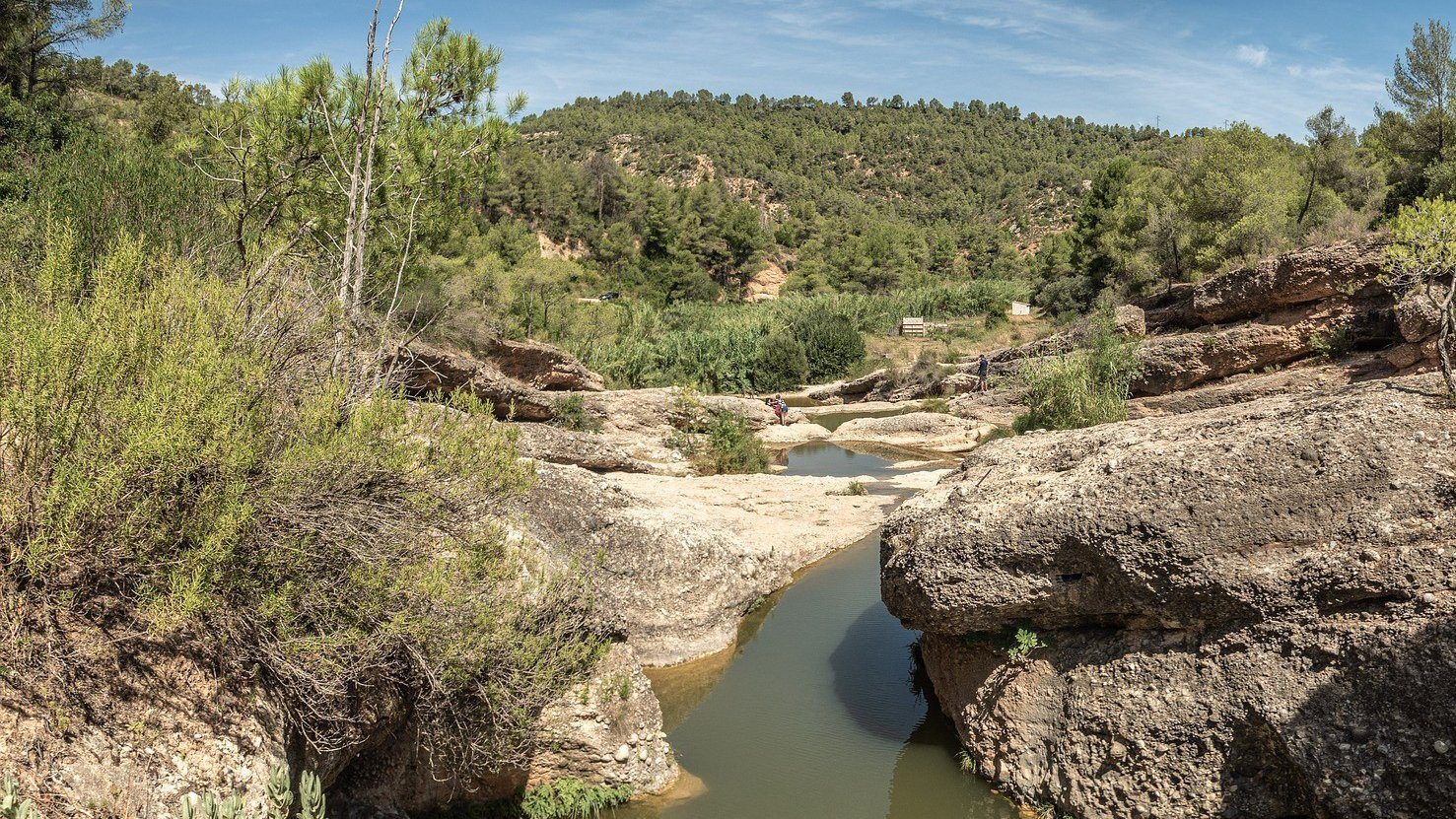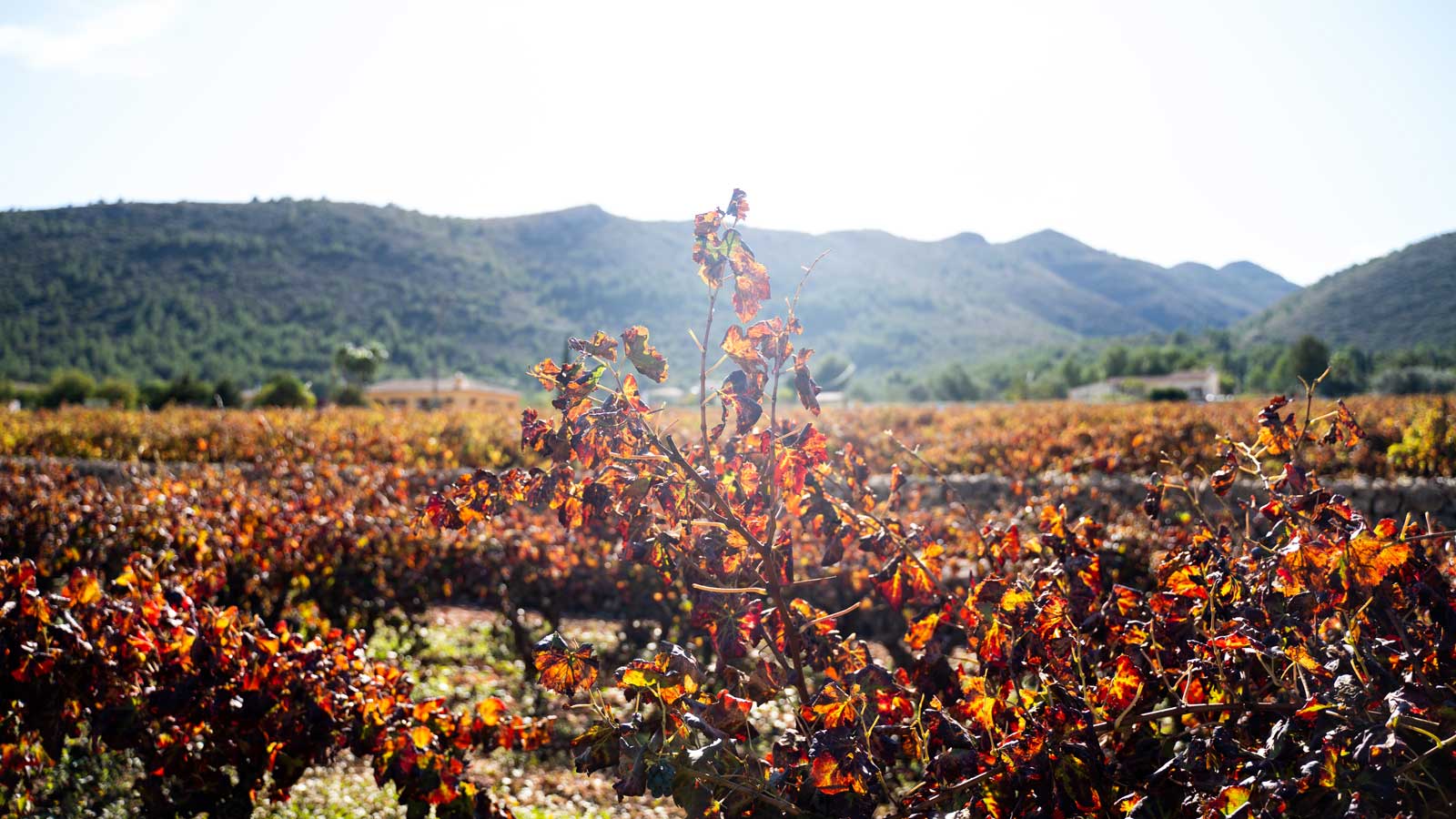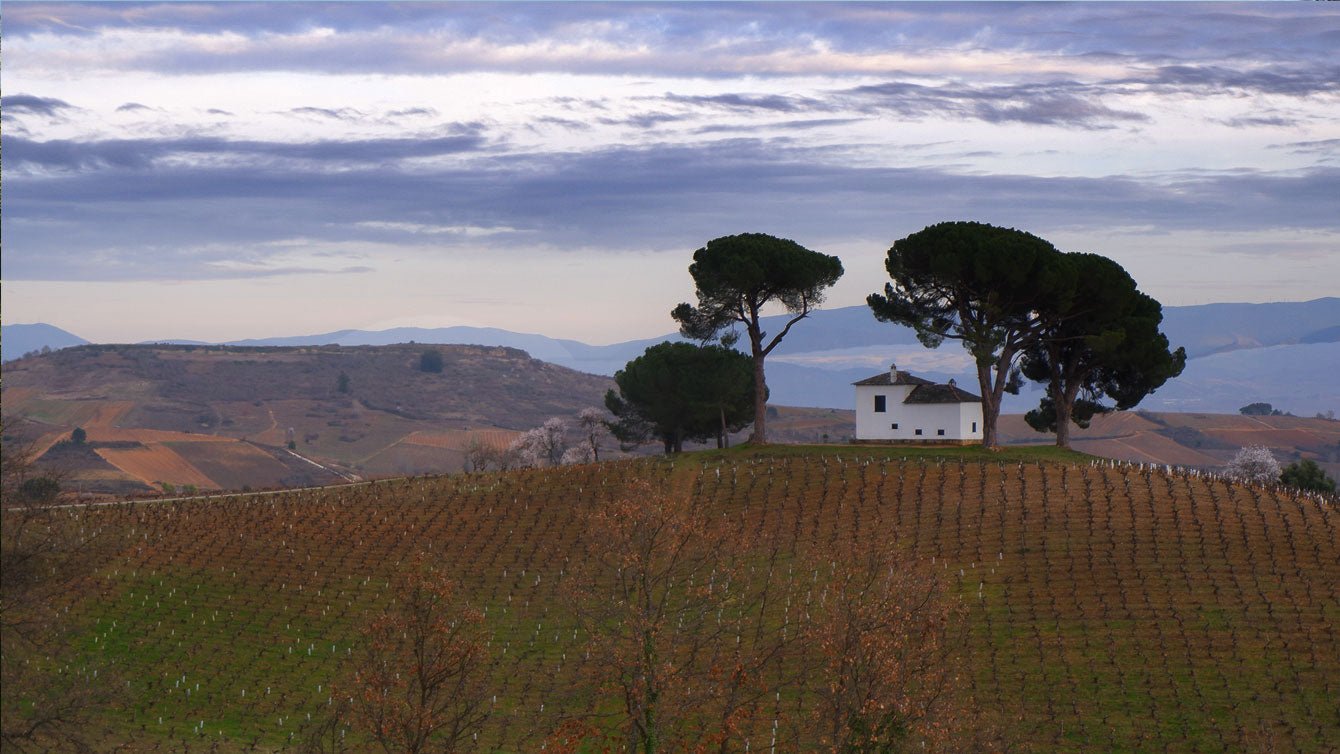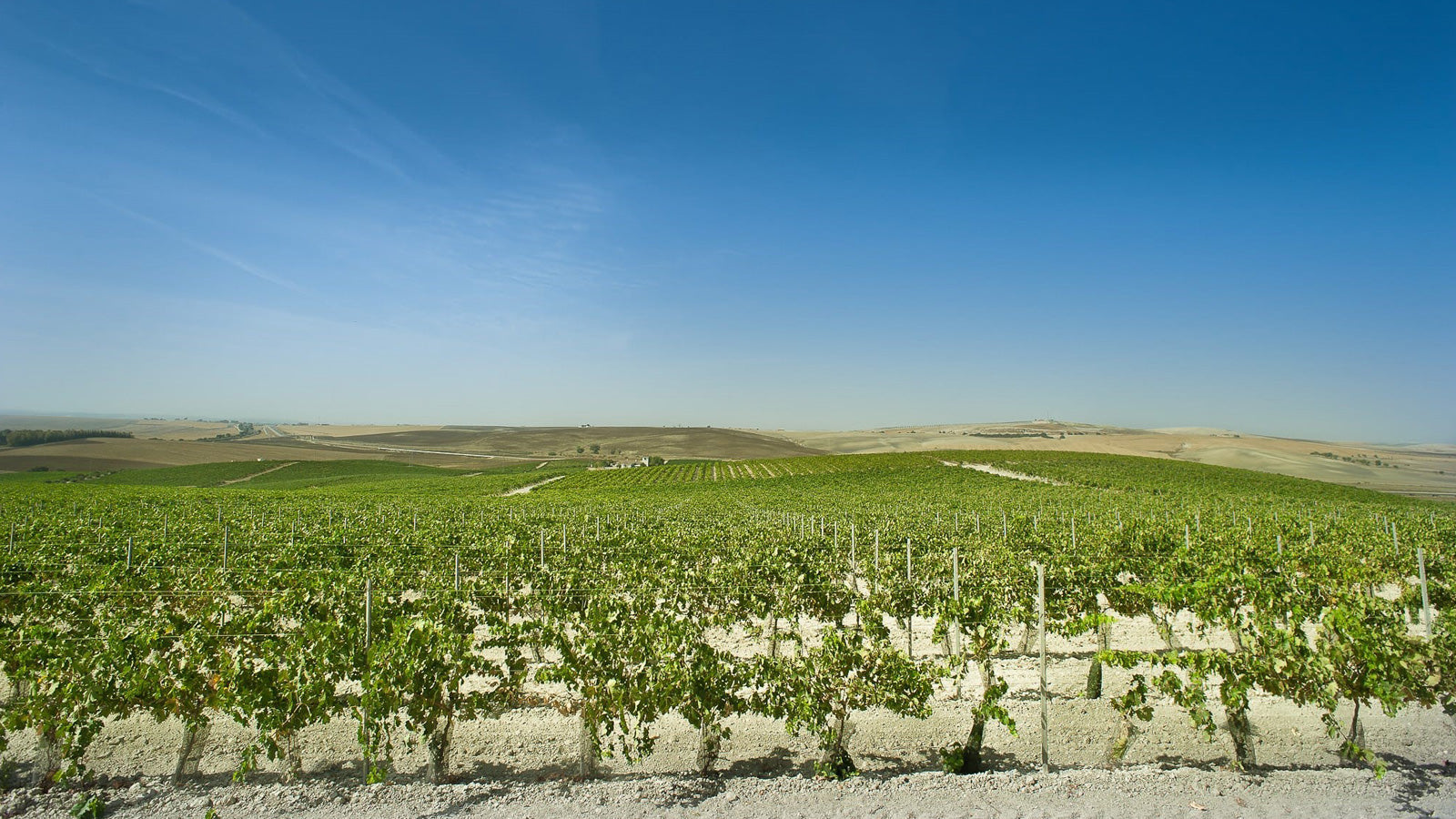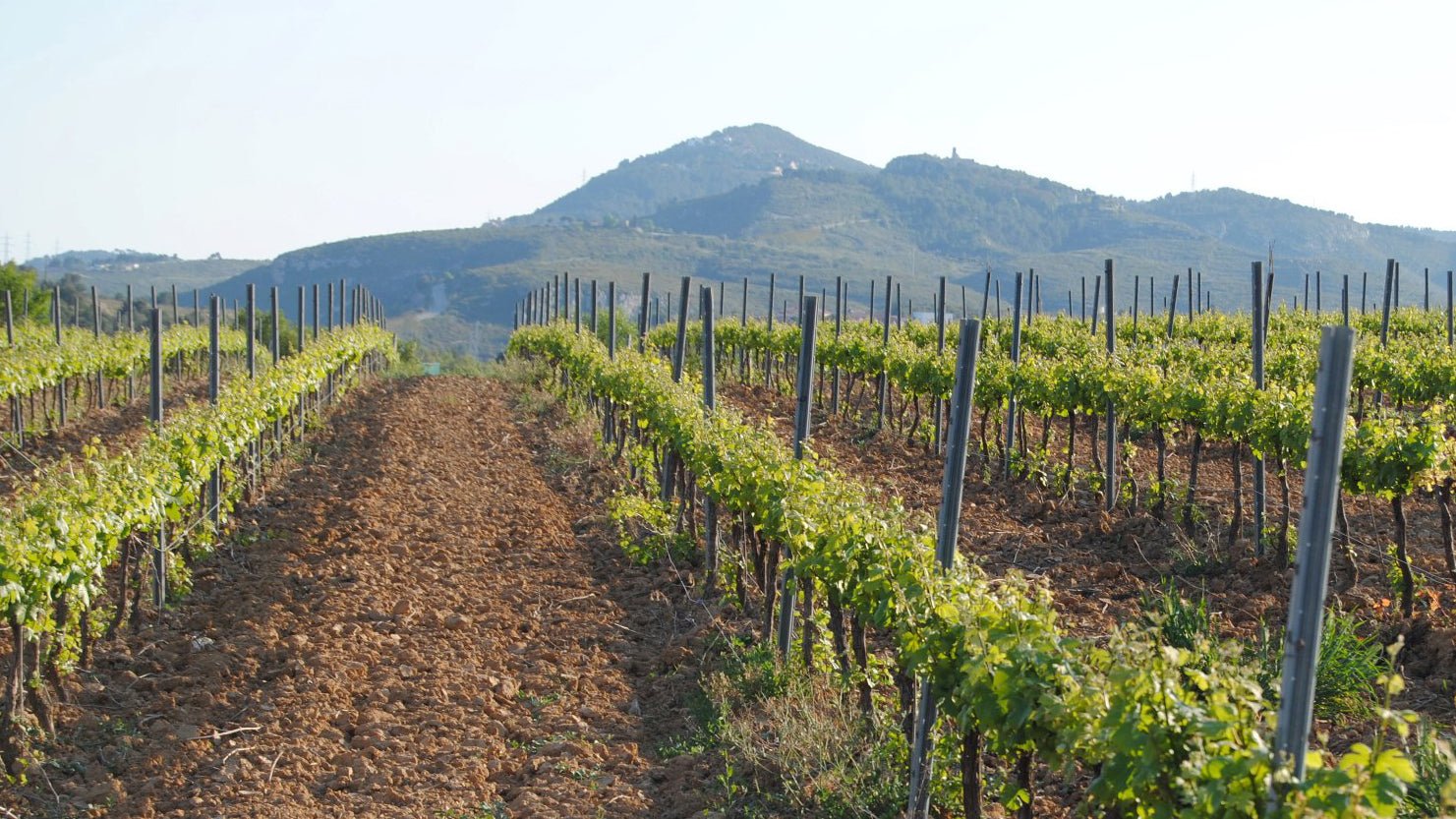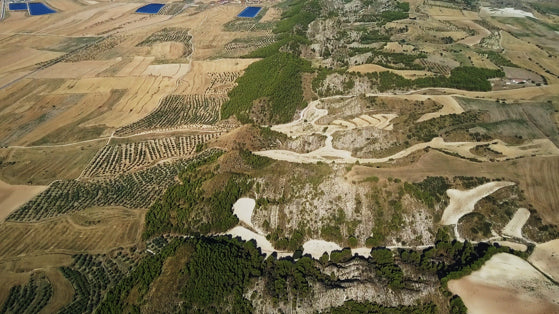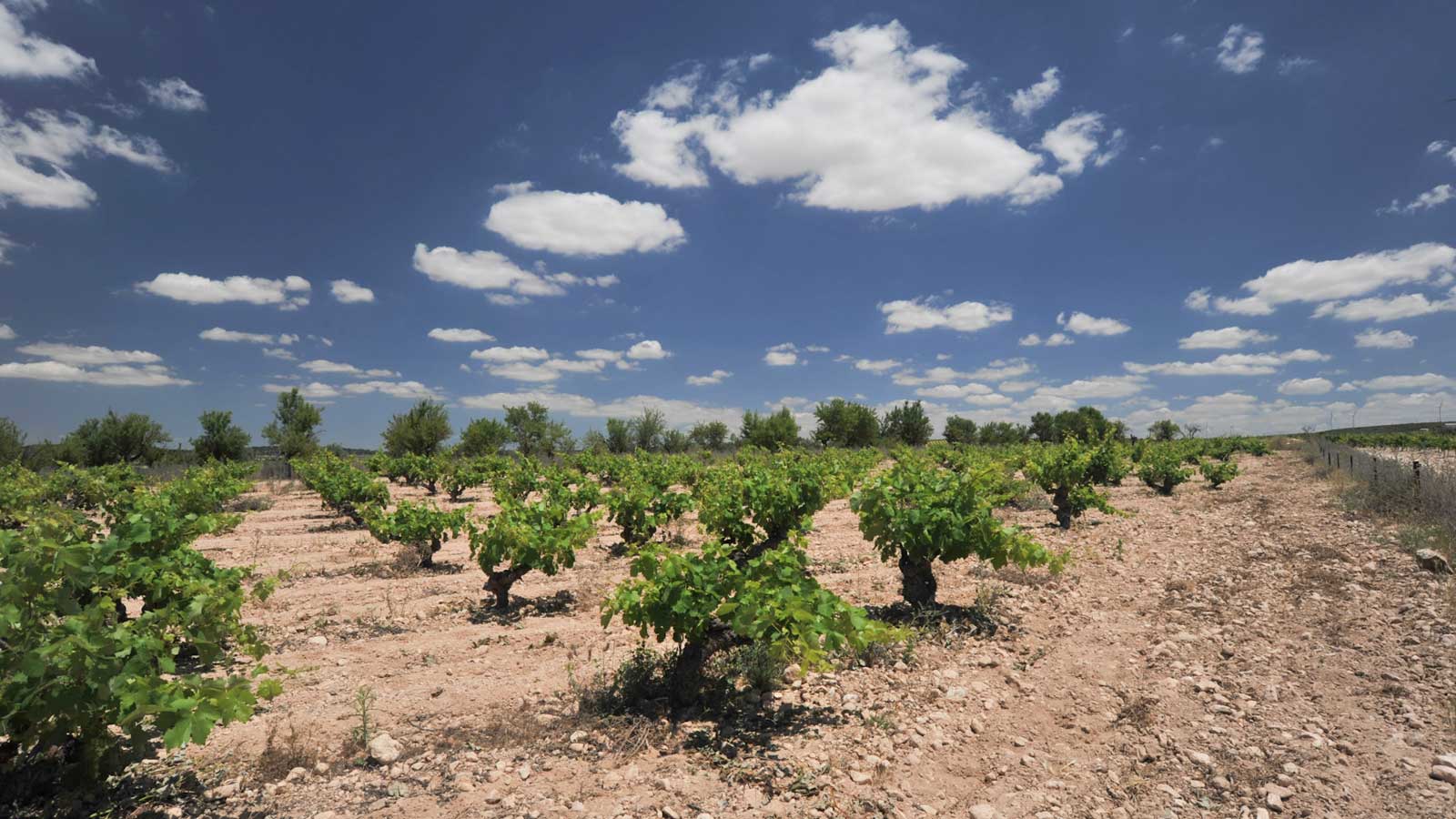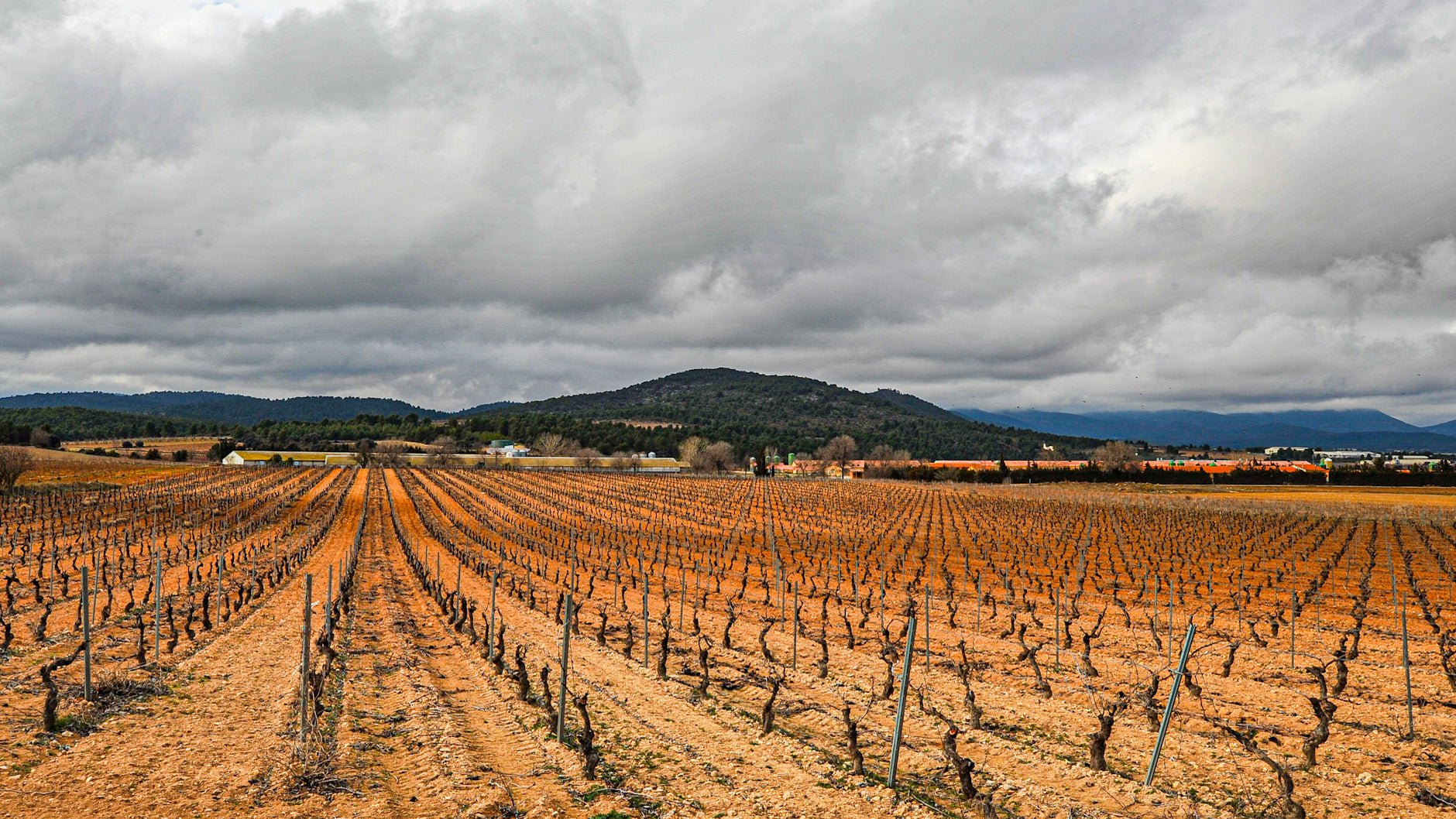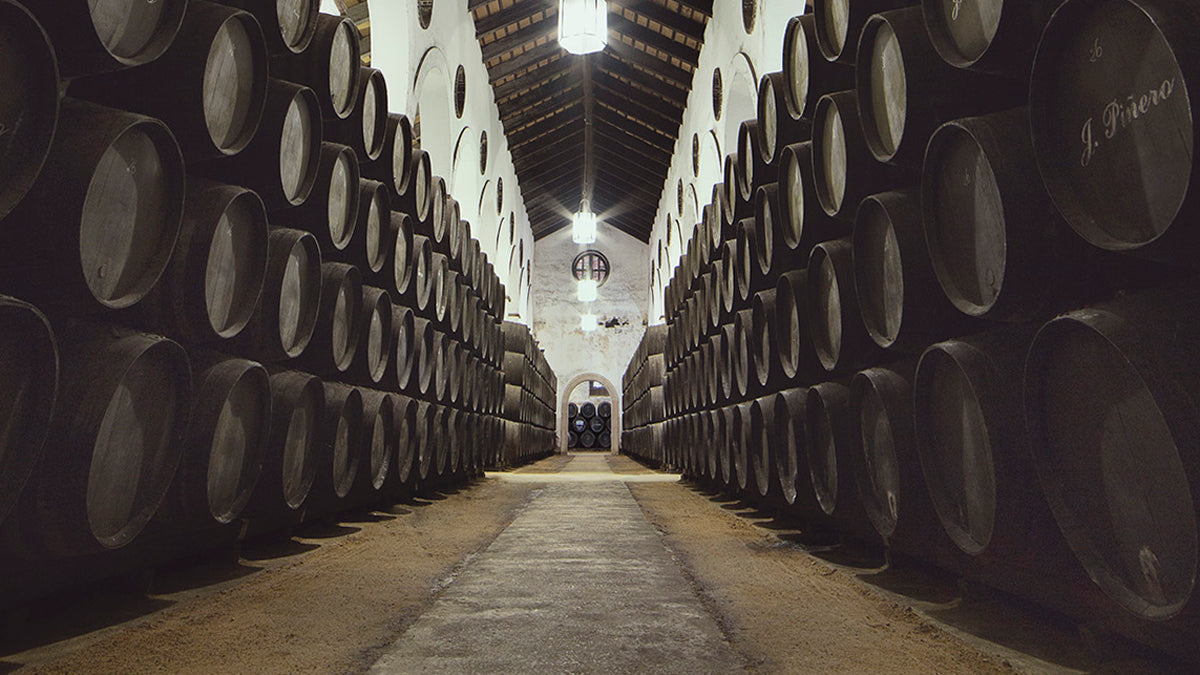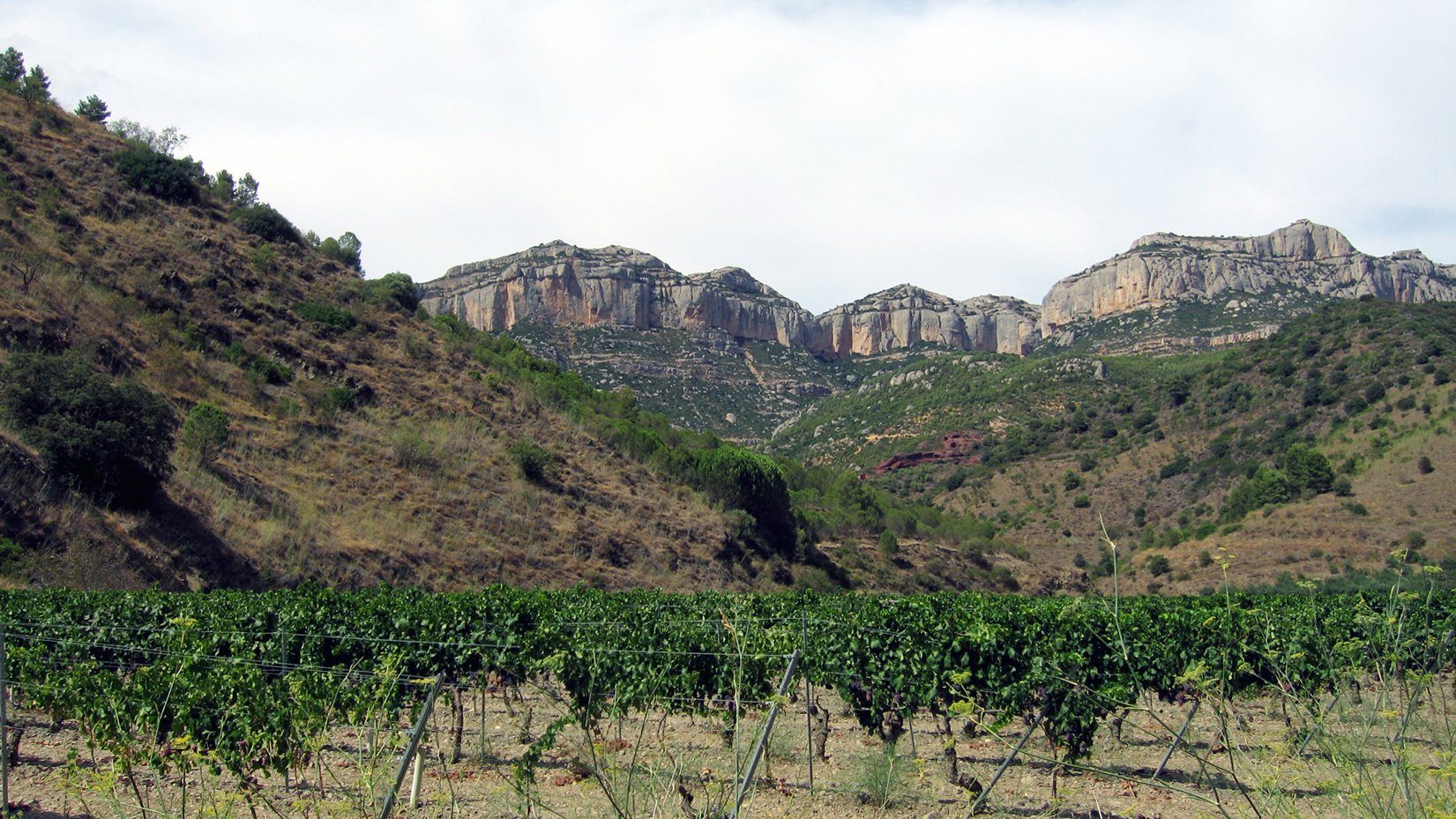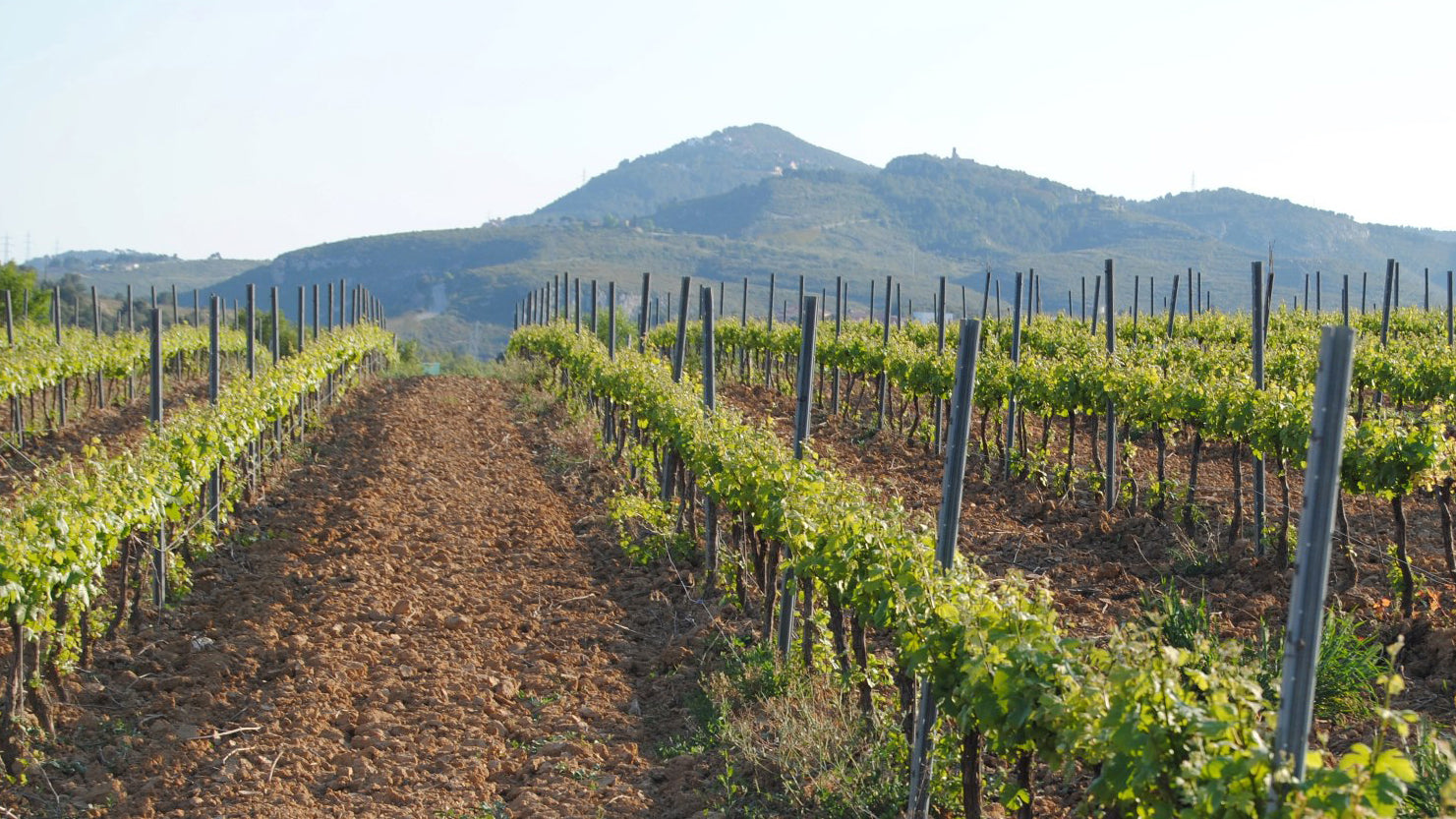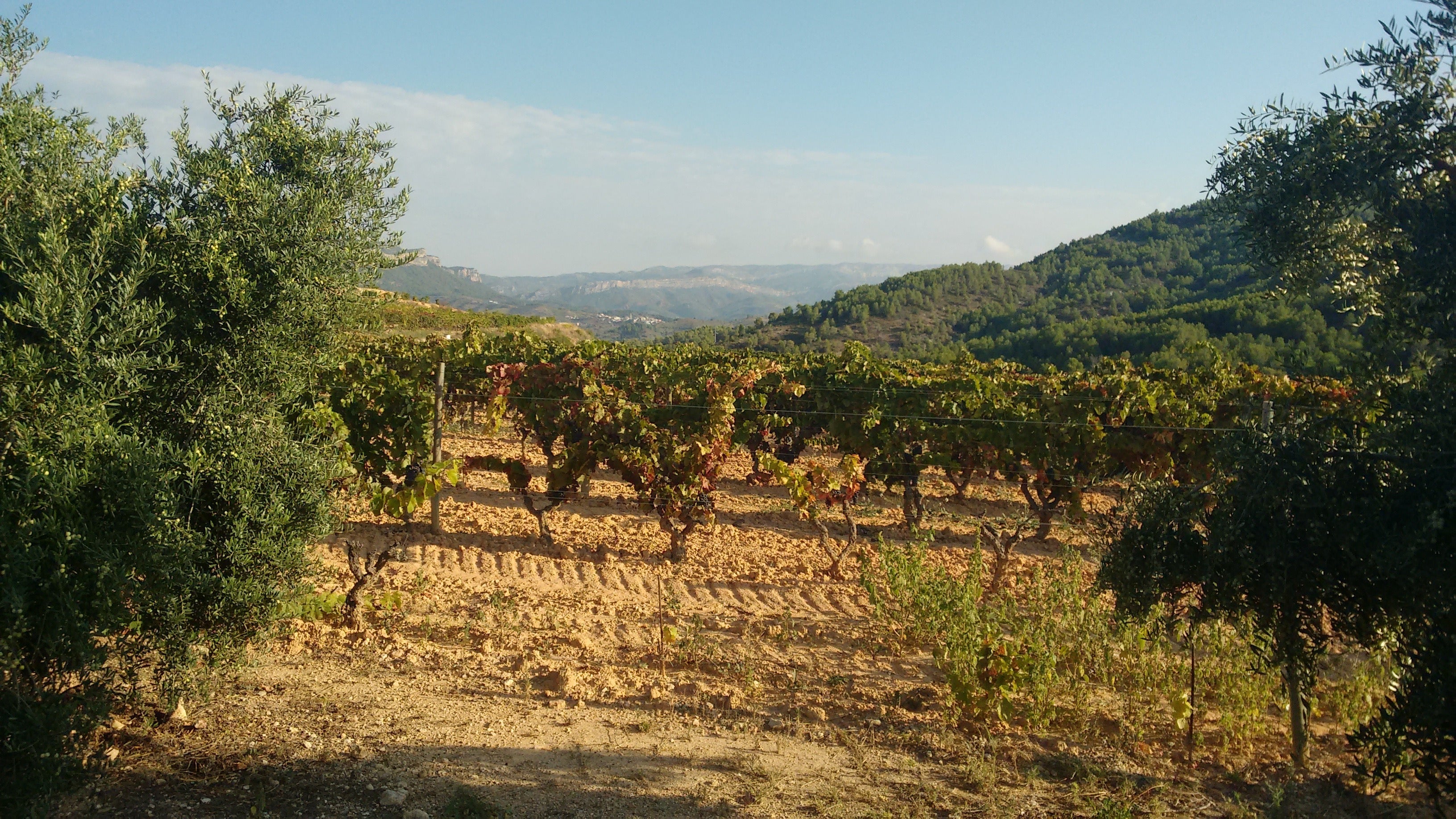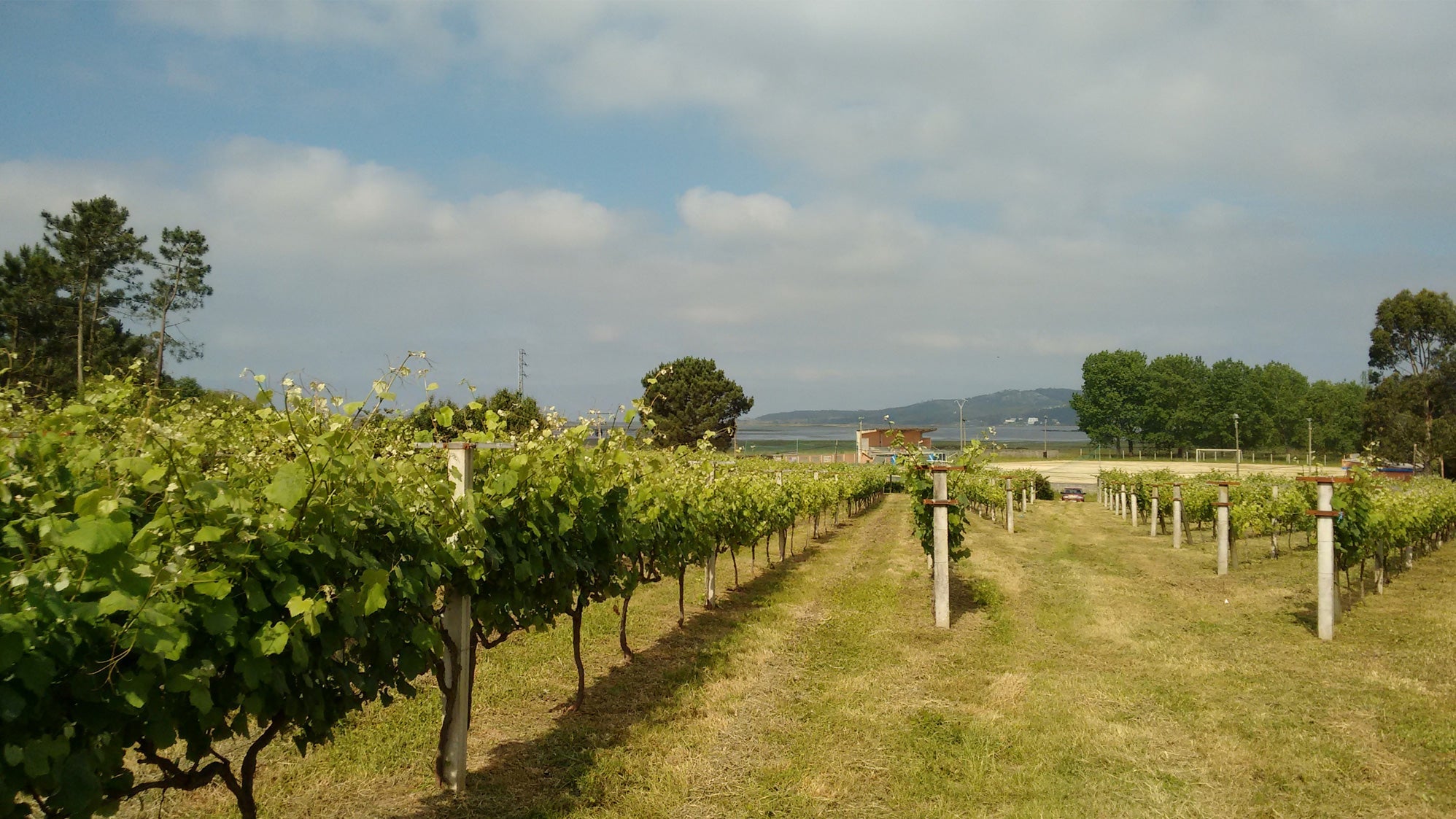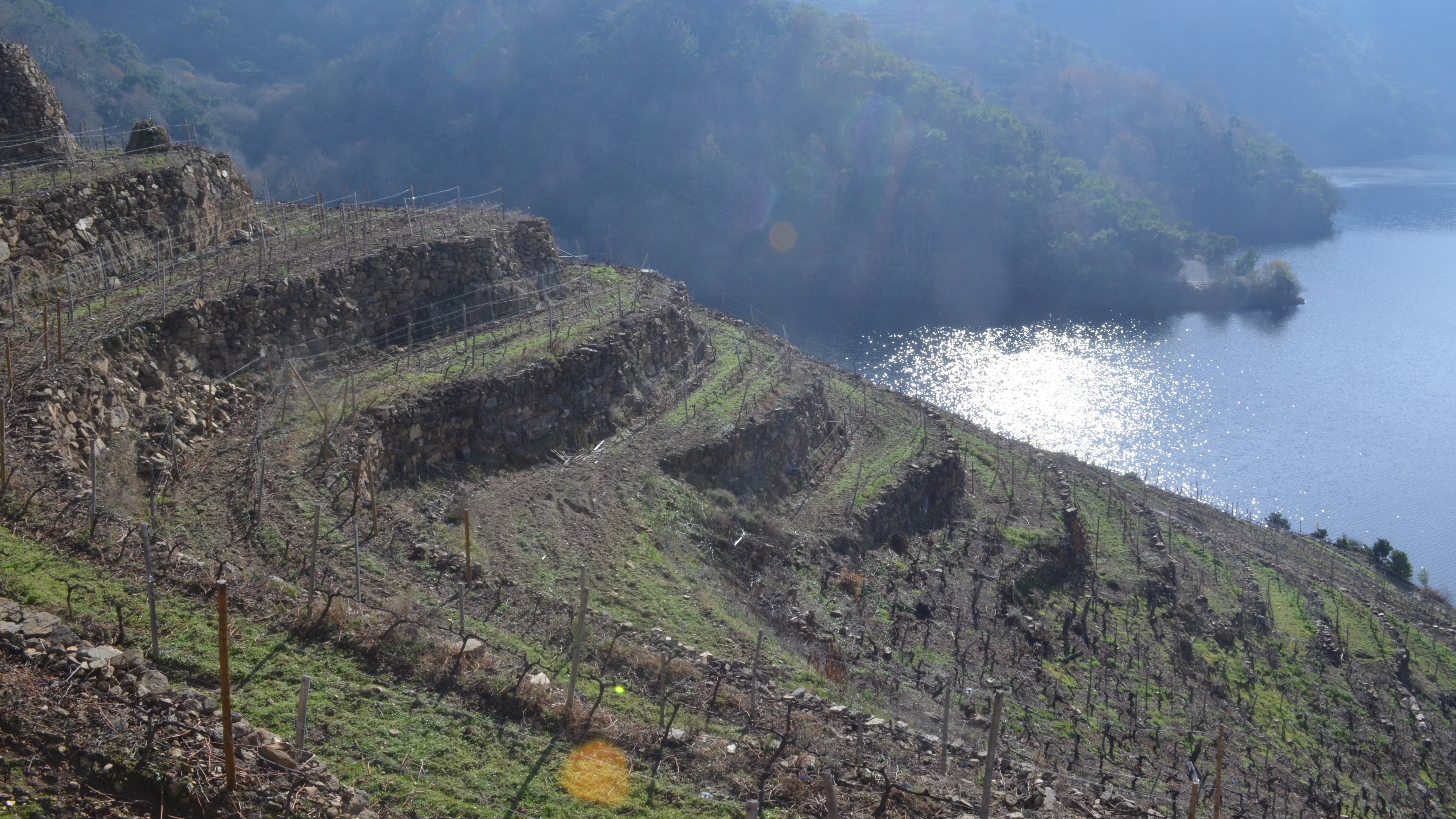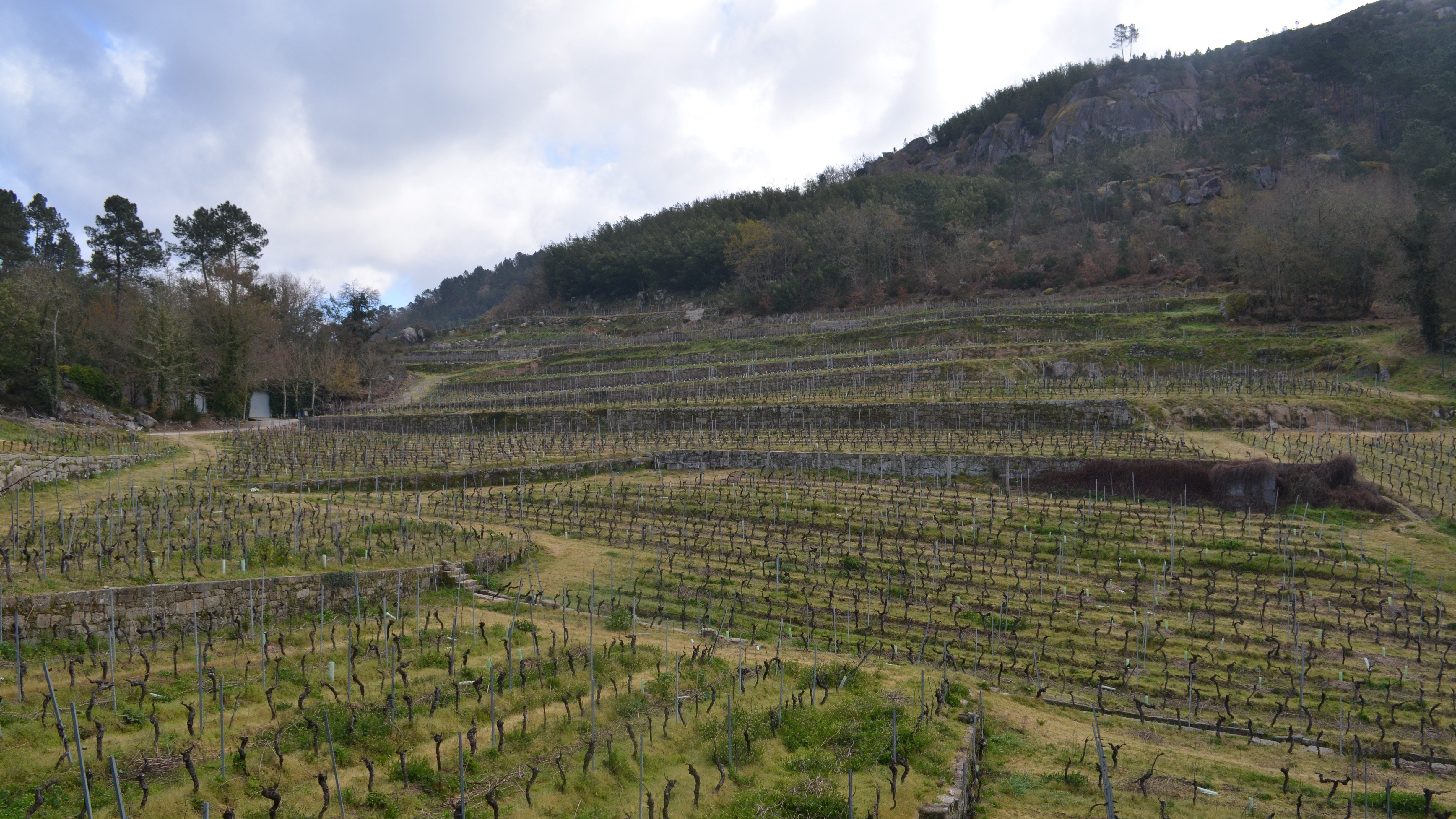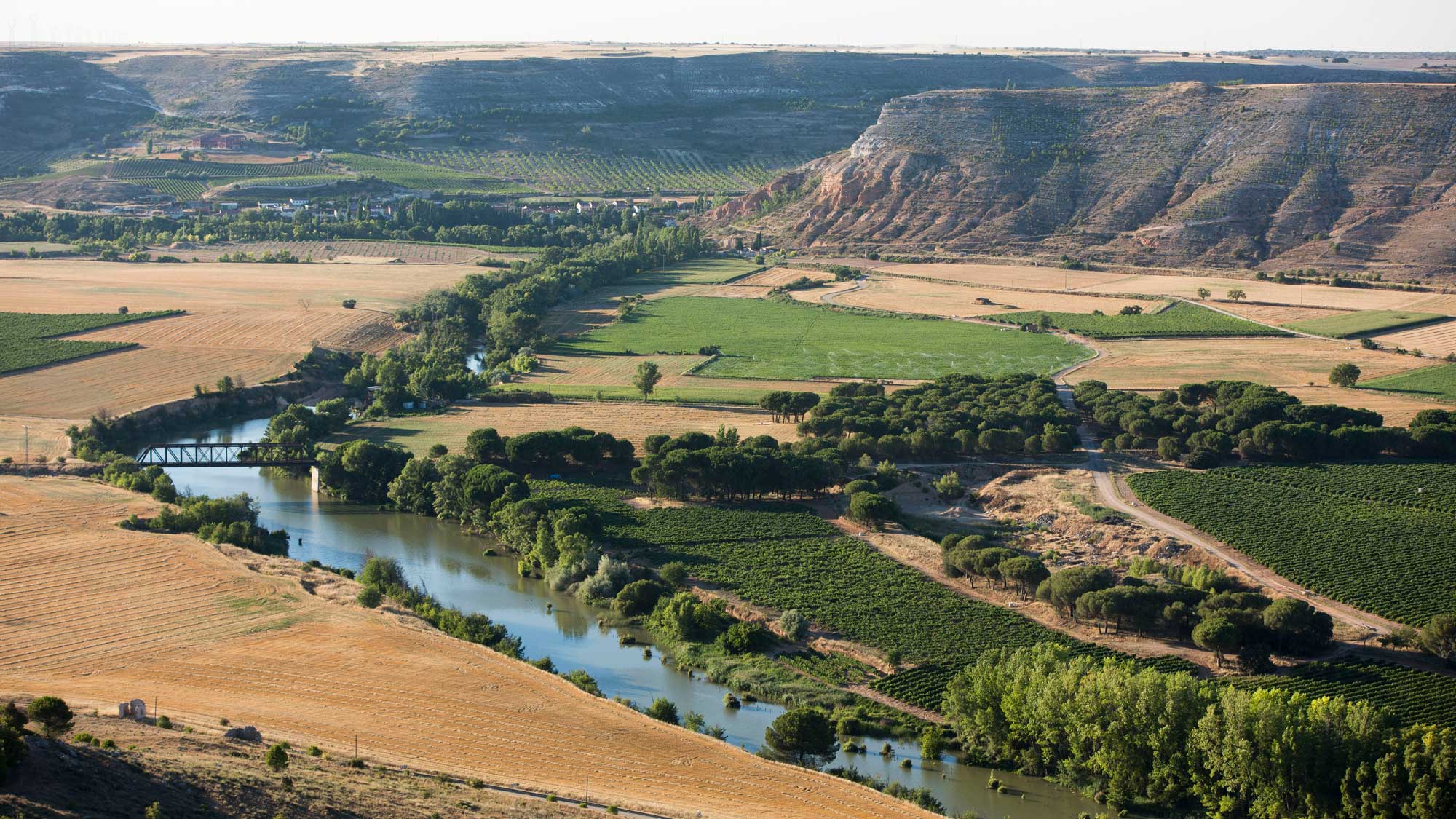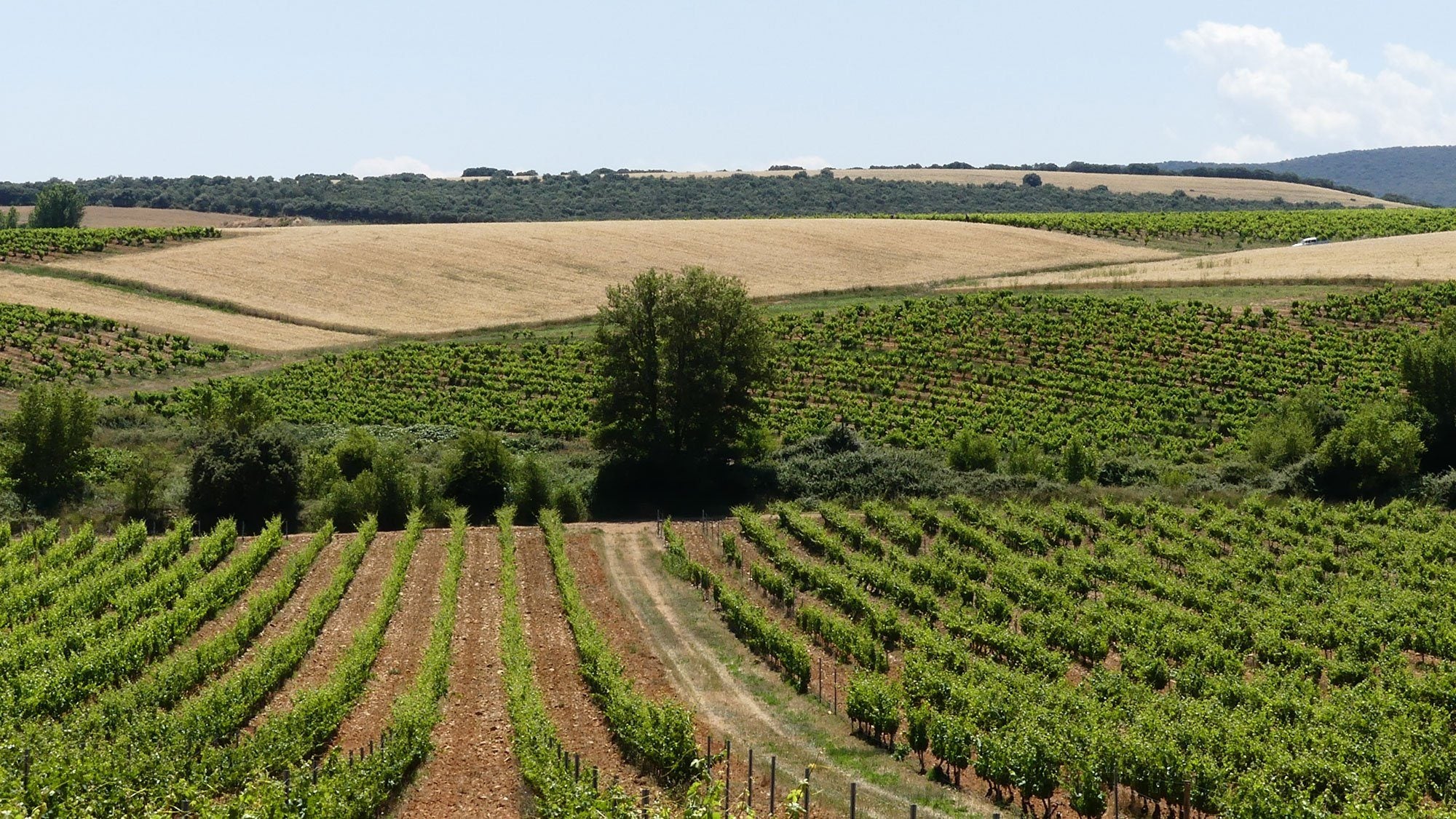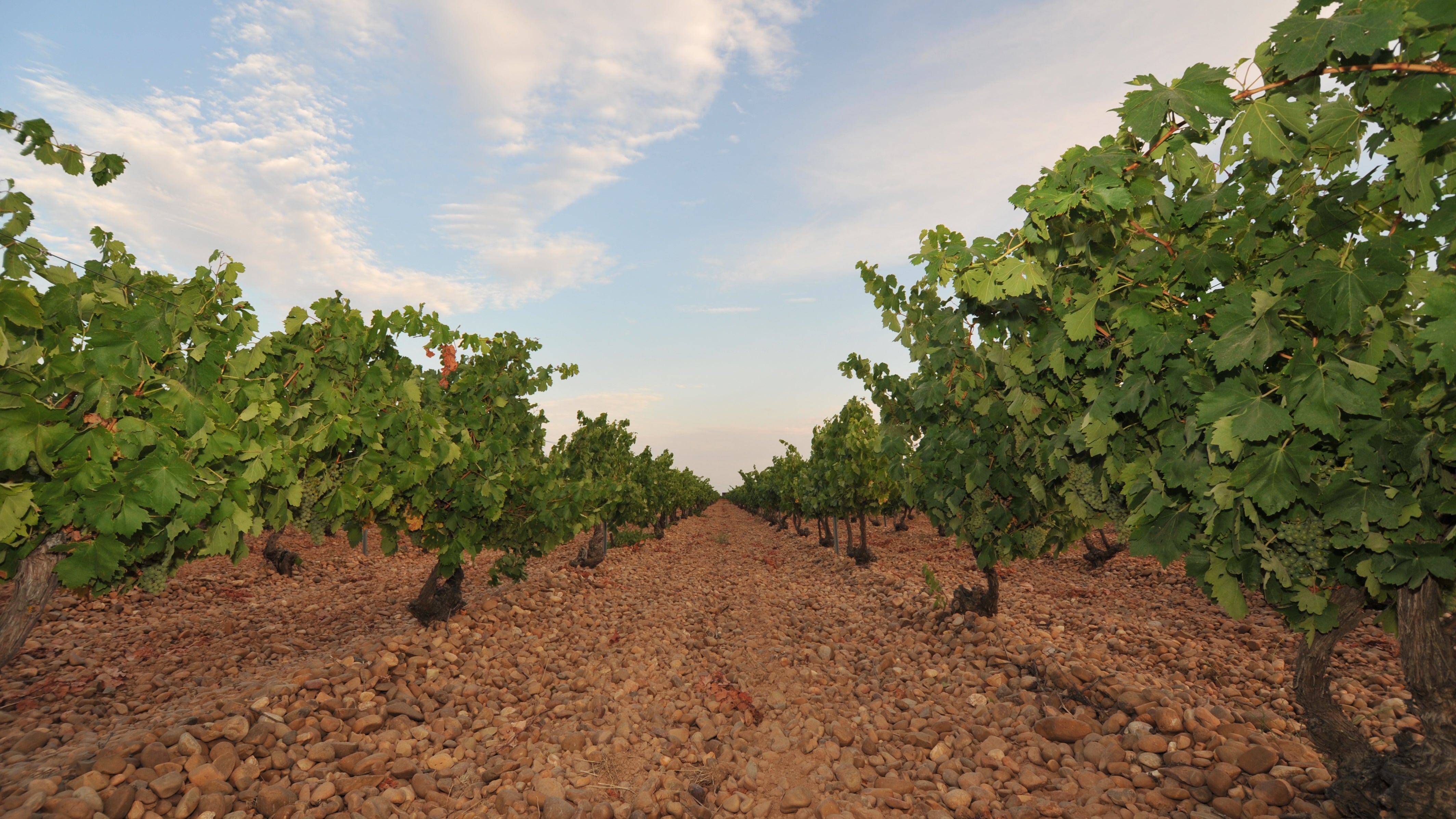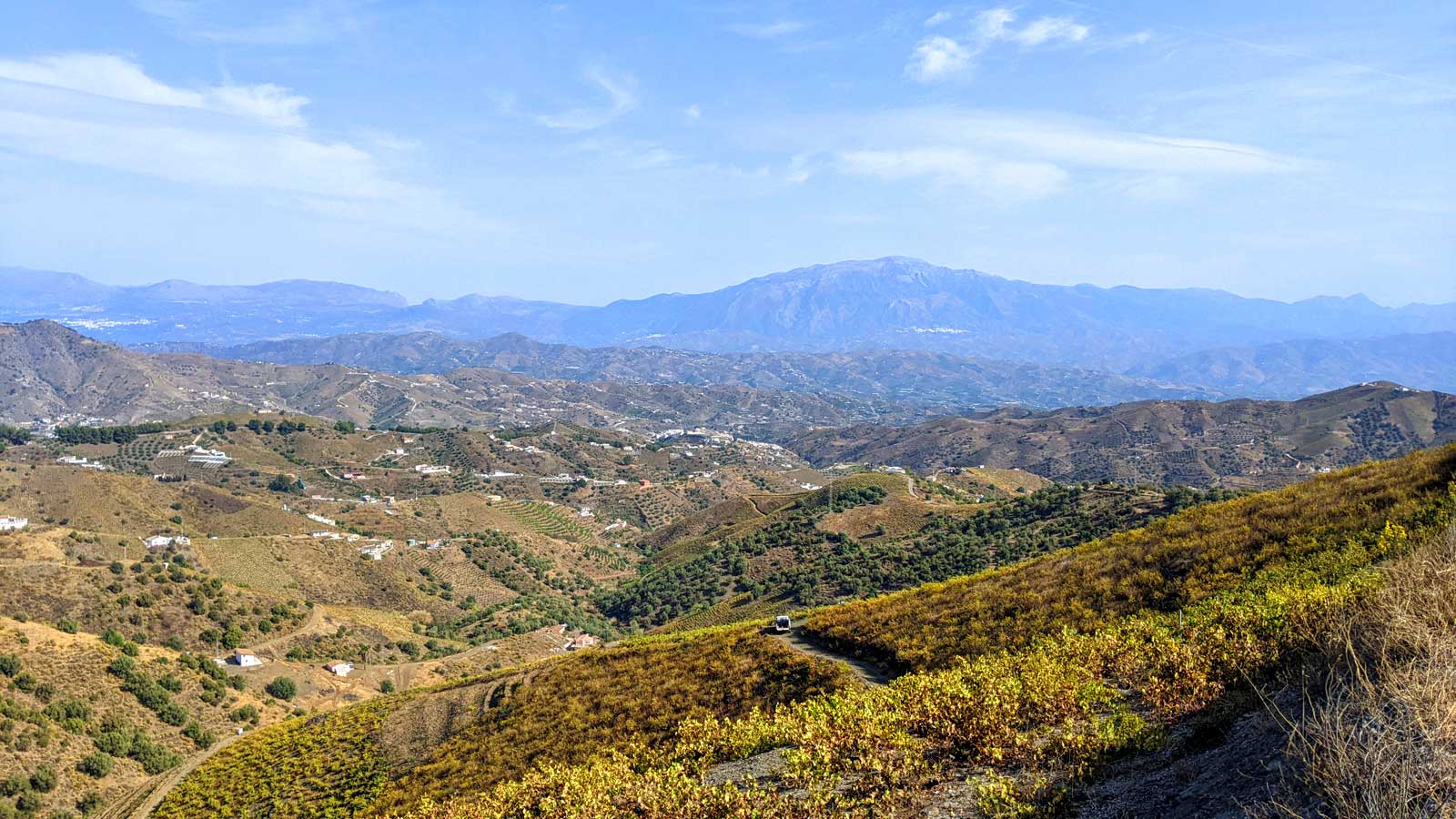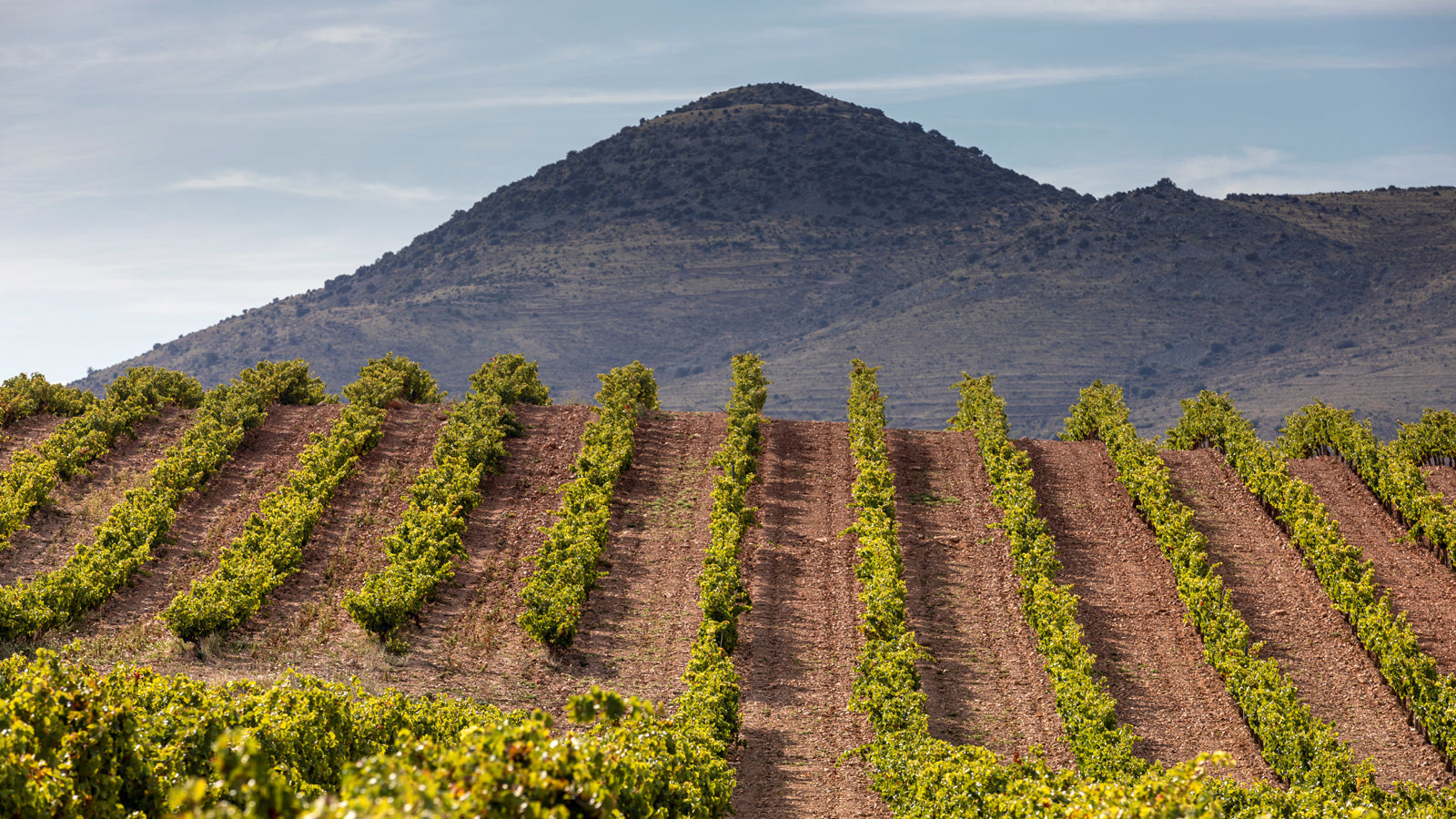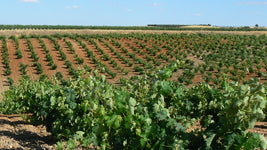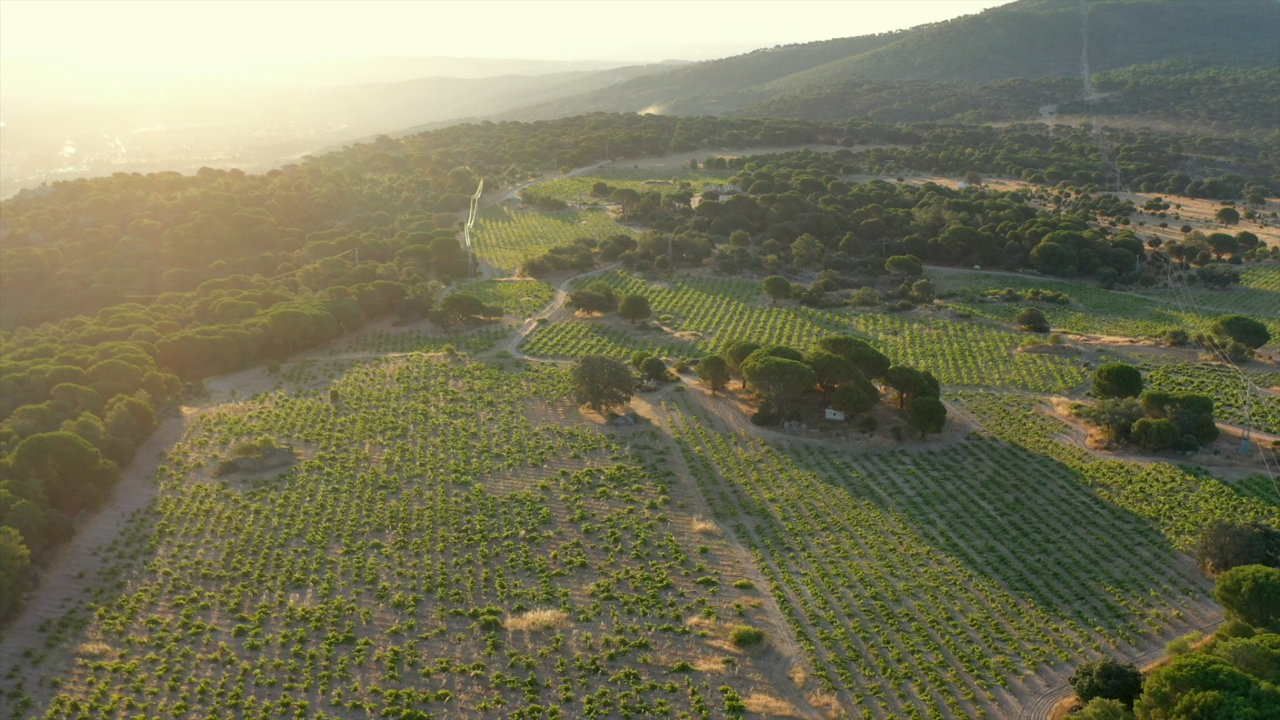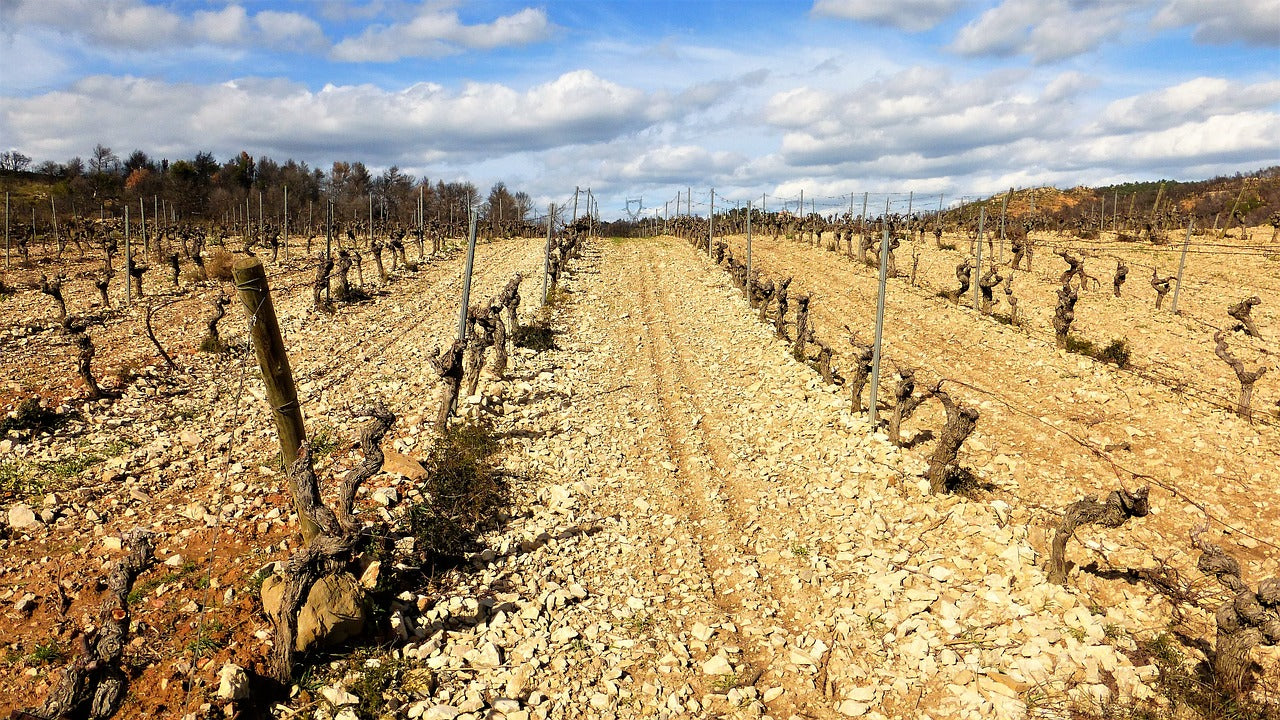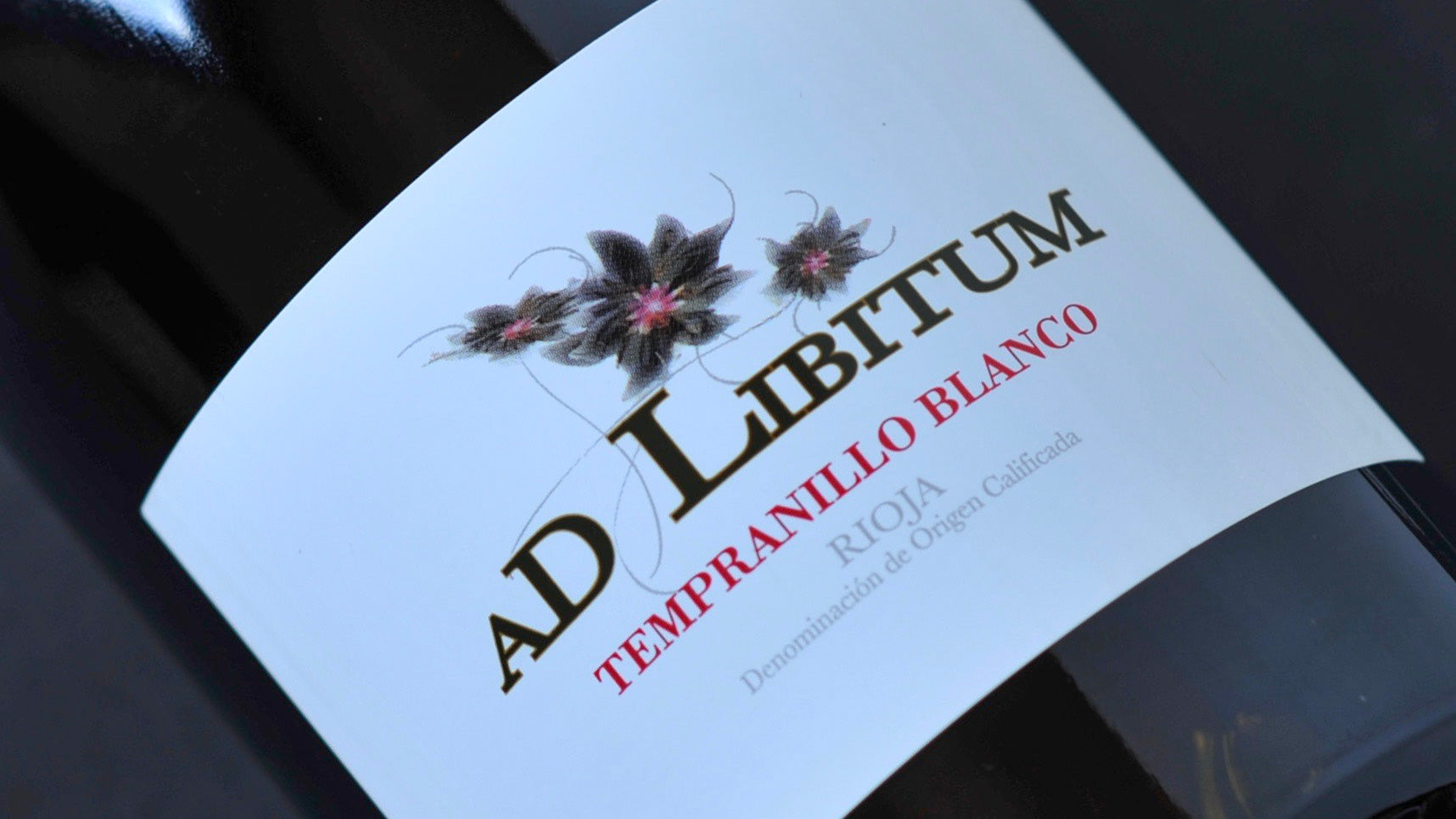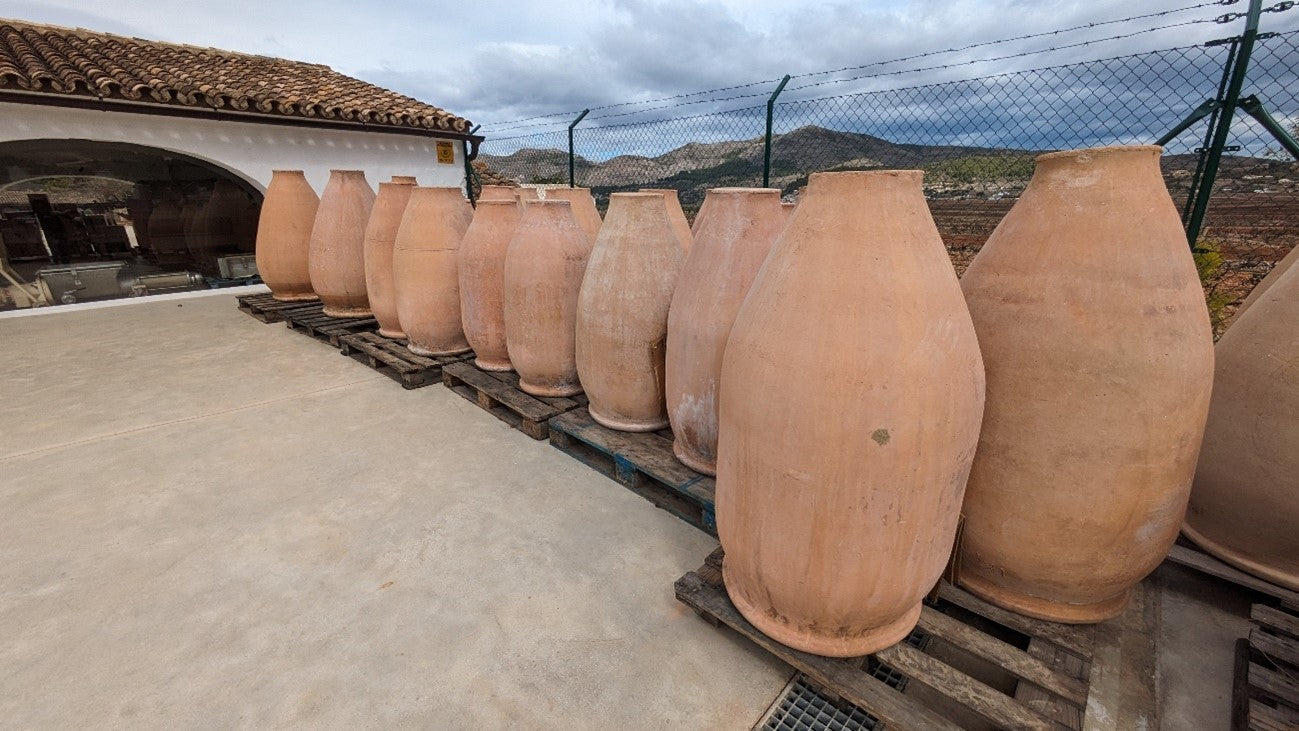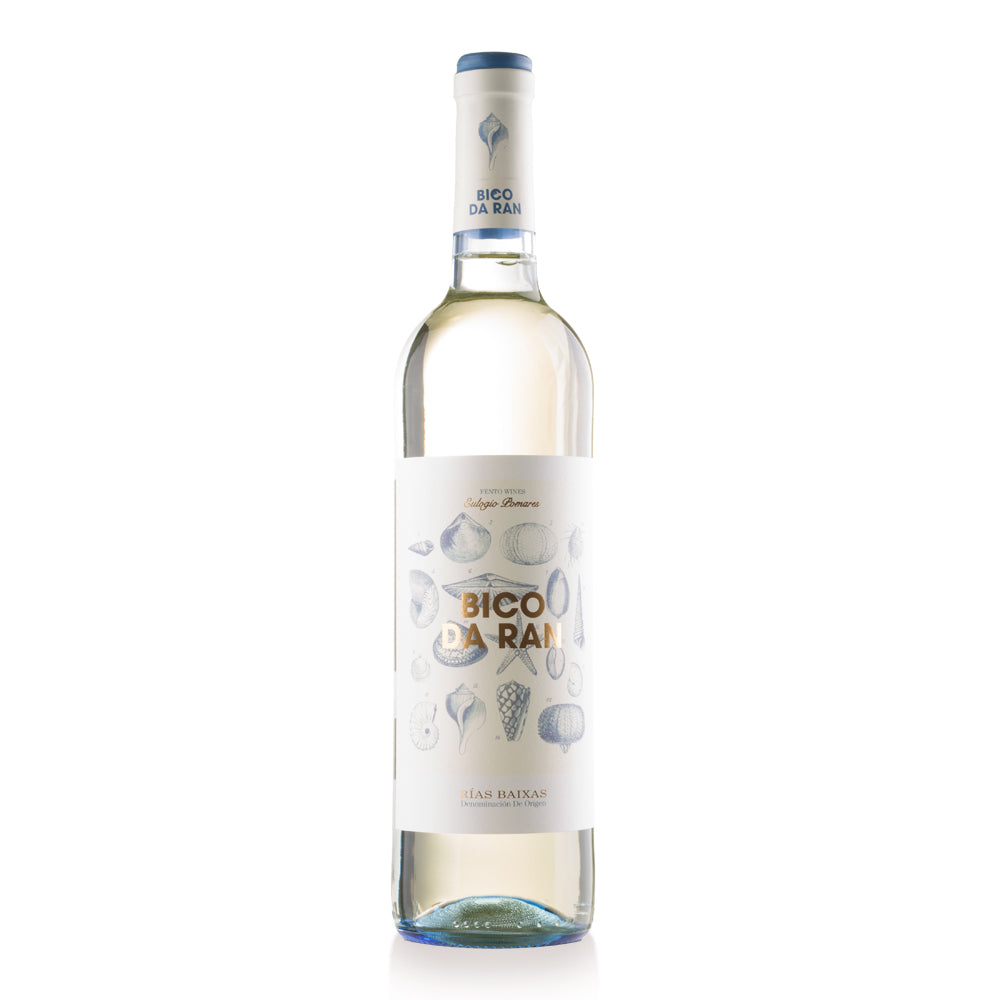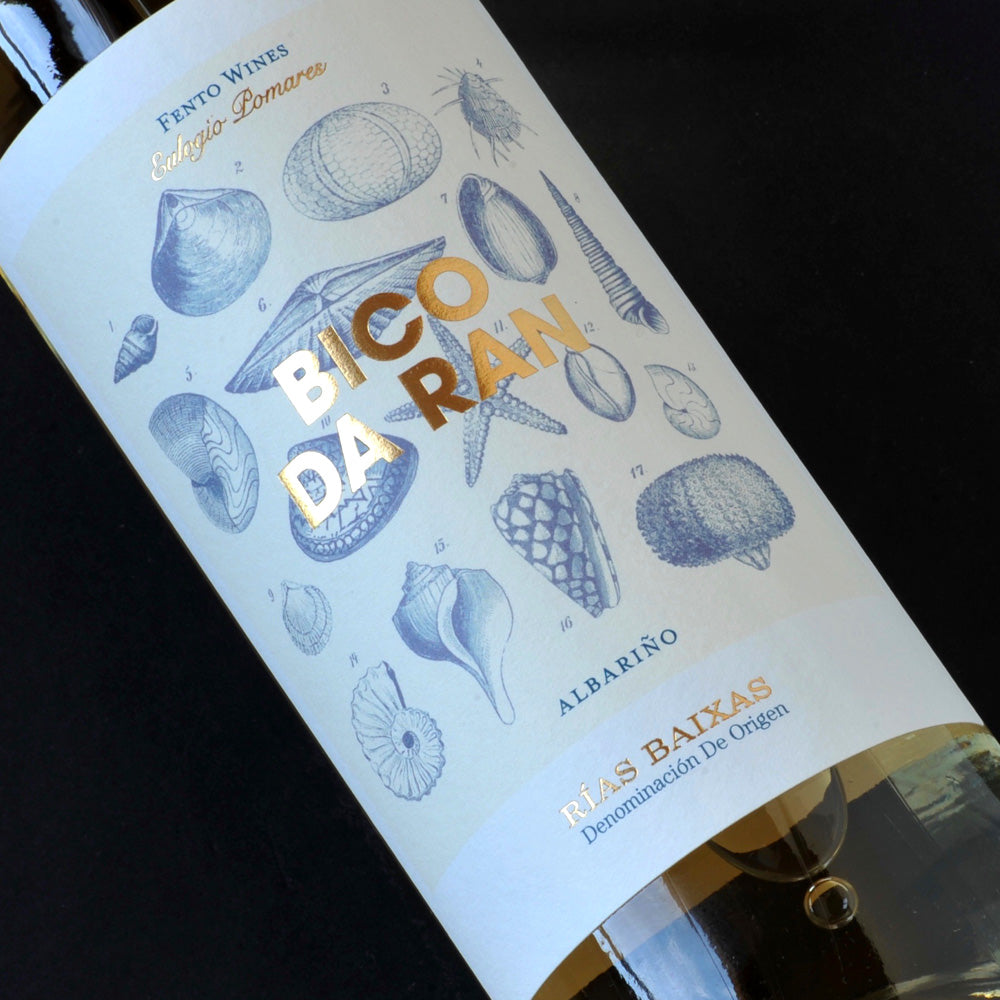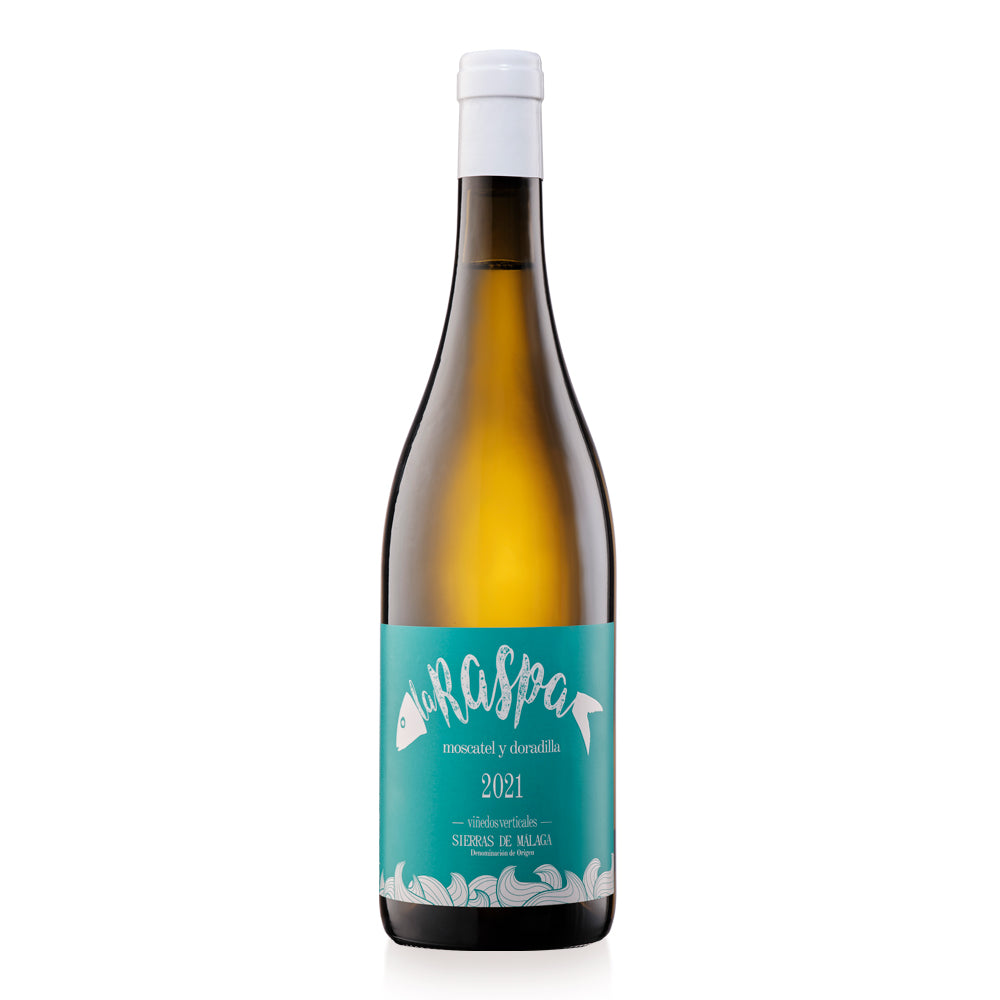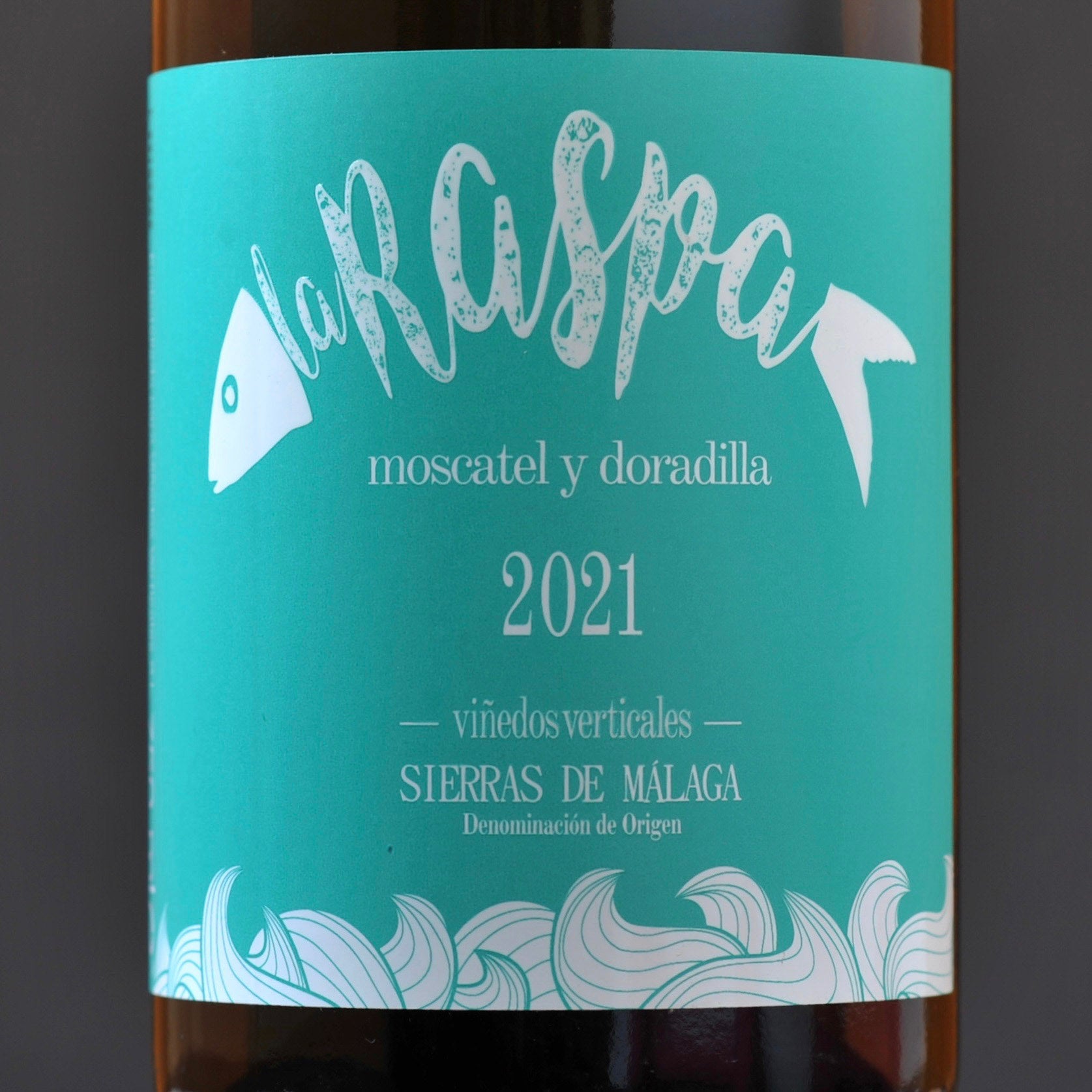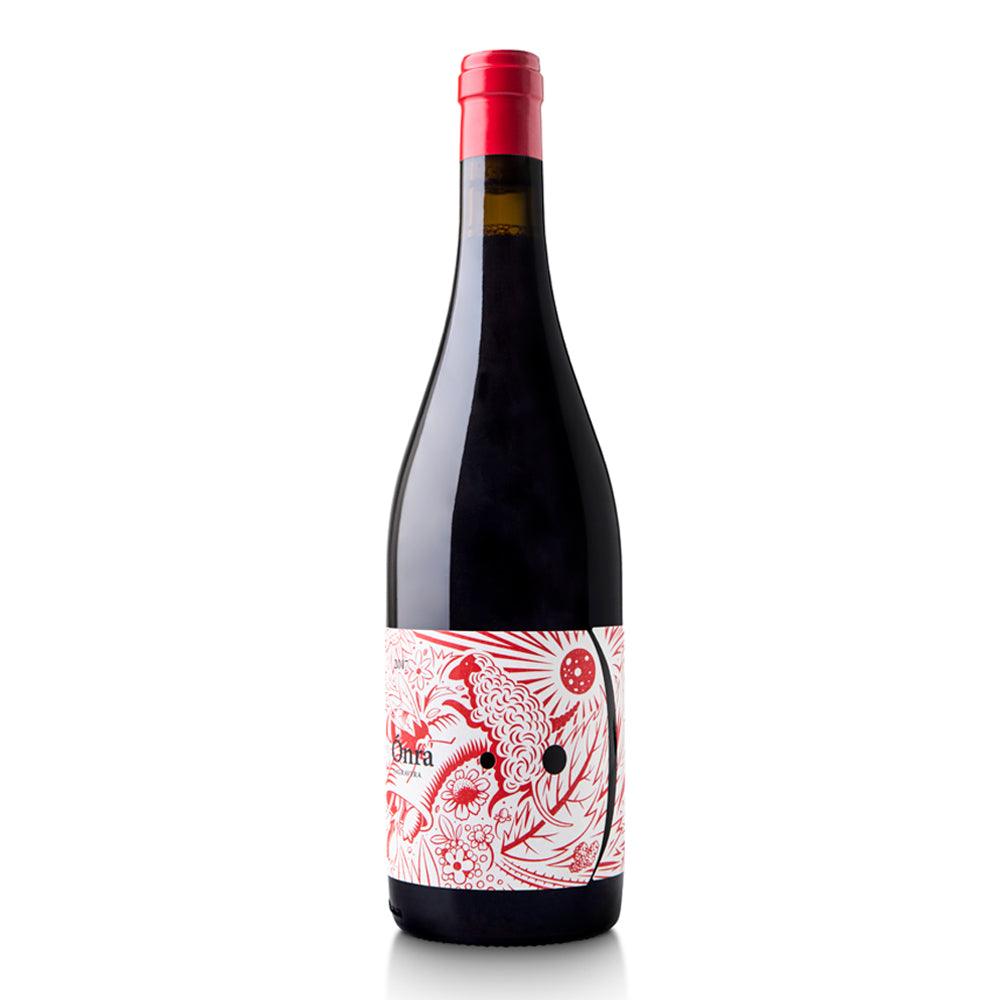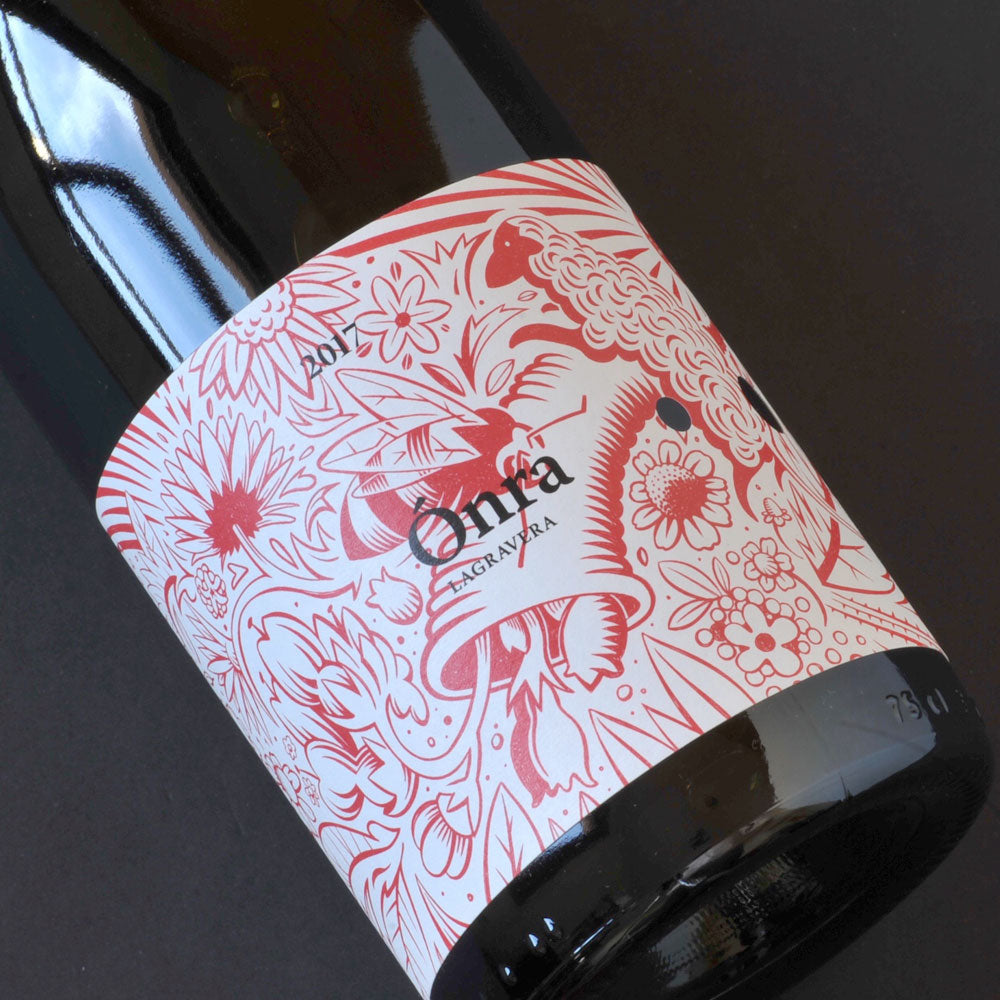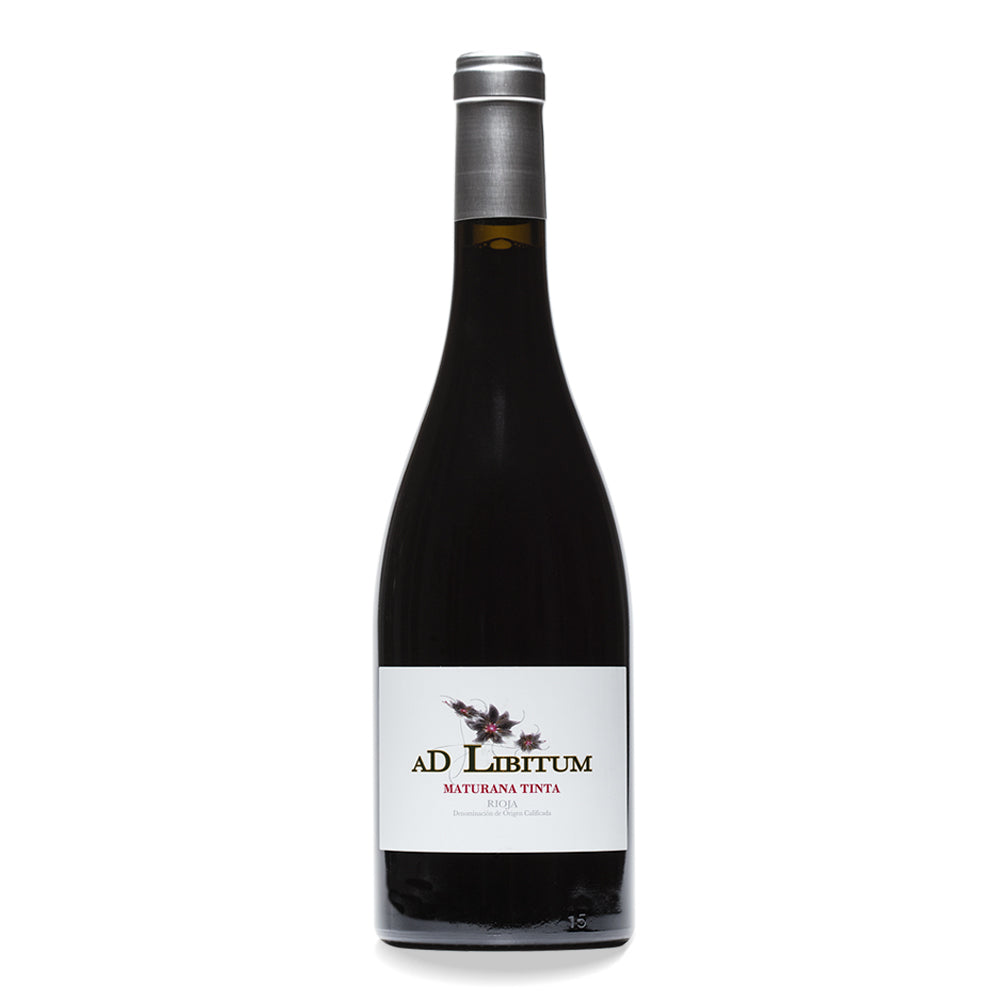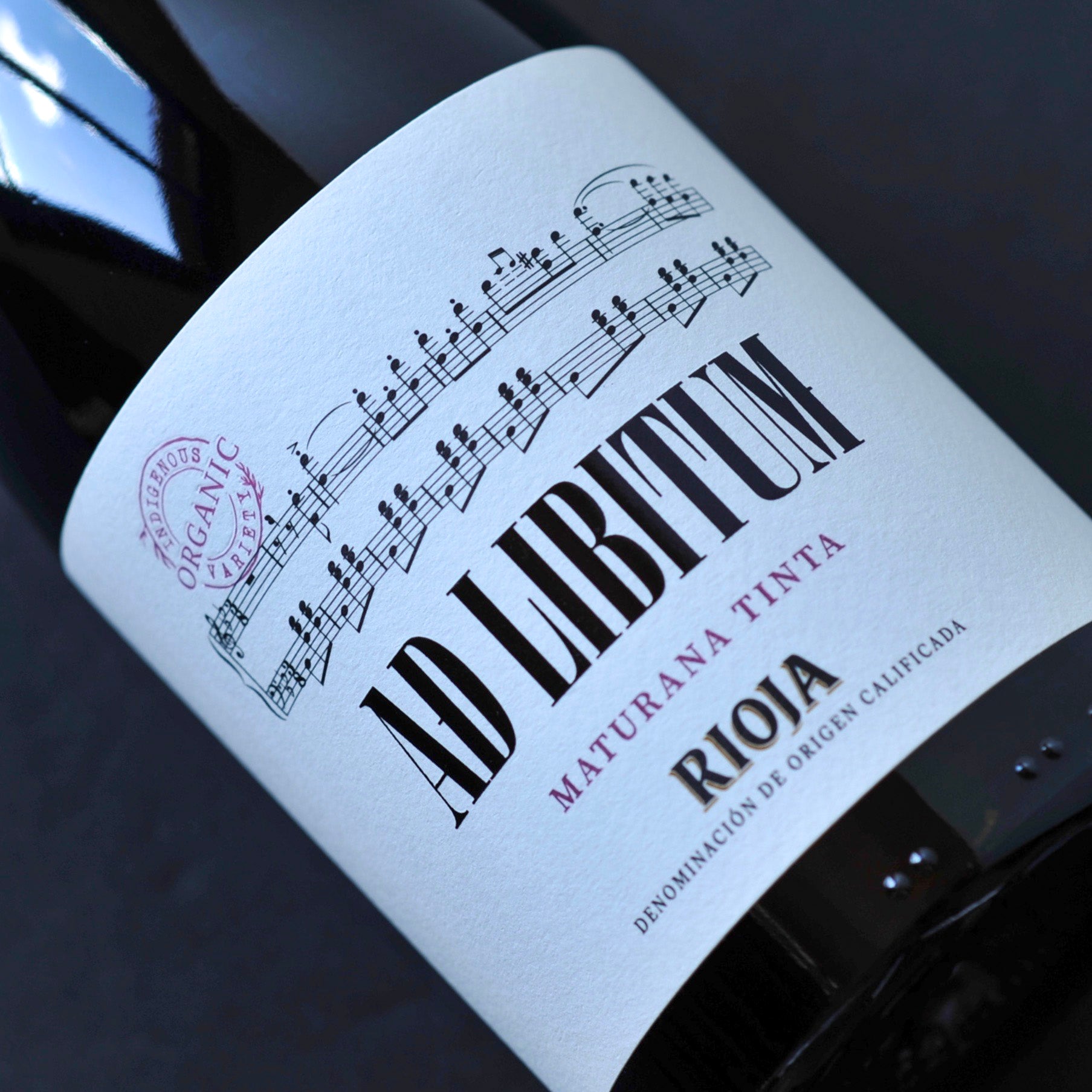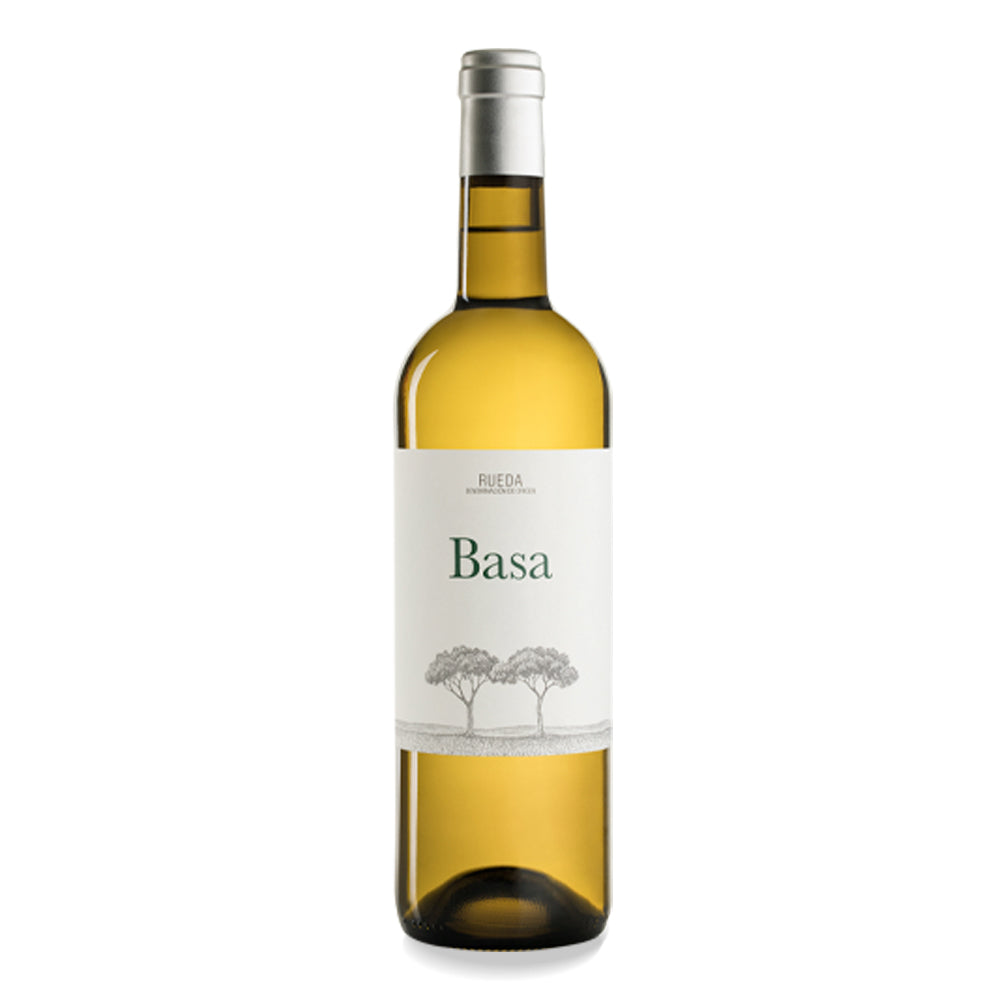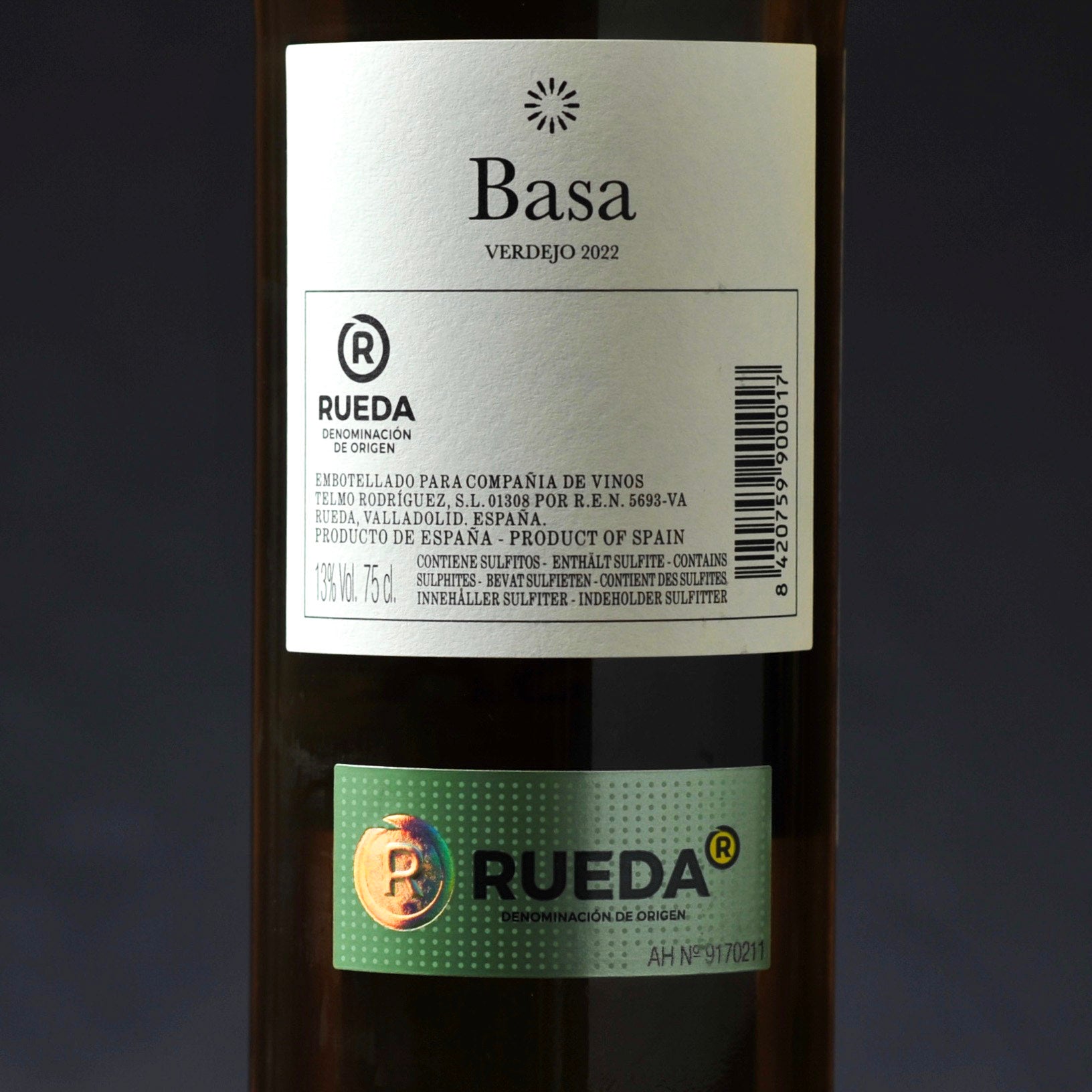Key Points
- Grape varieties: Garnacha Blanca, Garnacha, Garnacha Peluda, Macabeo, Samsó
- Hectares planted: 5,500 Hectares
- Grape growers: 1,600
- Wineries: 45

About Terra Alta
Take the road to Terra Alta (literally "high land") and you begin to understand the region’s struggle to get on Spain’s wine map. Stuck in the far south-west of Catalunya, on the right bank of the Ebro river, getting here can be a trek. County capital Gandesa is just 55 km inland from the Mediterranean, but if you’re unlucky enough to get stuck behind a lorry as it clanks its way through the gears on the climb up from Reus, it can feel a lot further.
But stick with it, it's worth the wait. As you slip down the hill past Falset, resist the temptation for a side visit to Priorat or a stopover in Montsant and push on for the last 40 km to Gandesa. Cross city limits, and immediately the wonderful modernist cooperative building surges into view. Designed in 1920 by César Martinell, a disciple of Antoni Gaudí, the building's vaulted roof and minaret-like water towers seem more of an architectural homage to the surrounding viticulture than a working building.
The terrain of Terra Alta
This is a county defined by its Mediterranean agriculture. Covering some twelve towns with a combined population of around 12,000 people, the plains, plateaus and valleys are planted with olive and almond trees, but above all vines. With just over 5,000 hectares (more than any other DO in Catalunya) planted at between 350 and 600 metres altitude, grapes are the region's core crop, and every year the harvest brings in close to 40 million kilos of fruit.
In many ways, the region is defined by its climate and meteorology. It's a Mediterranean climate with continental influences, where mild autumns tend to be followed by cold winters, late springs and hot summers. Wind is a key factor too, and helps keep the vines healthy – the cierzo wind funnels in cold and dry from Aragon to the north, while the garbinada blows in from the Mediterranean bringing warmth and humidity. Rainfall is relatively low – 450mm/year – thanks in large part to the Els Ports mountain range to the south, which can act as a buffer to clouds rolling in from the Mediterranean.
Ask Joan Àngel Lliberia, owner of the Editaria vineyard, what sets Terra Alta apart from the competition, and the answer is very clear: soil. Sure, he concedes, this is not neighbouring Priorat with its famed llicorella (decomposed slate), but Terra Alta’s trademark panal (fossilized sand dunes) and tapàs (silty soils with clay) make for well-drained soils where the vines are forced to make the effort and dig deep for water and nutrients. Lliberia also praises the region’s old plantings which ensure there’s no shortage of raw material to work with and can make for slightly thicker skin on the grape, thereby protecting against water loss and locking a little more freshness into the wines.
The grapes of Terra Alta
Garnacha, especially of the white variety, is king here. At 1,400 hectares, Terra Alta is home to 90% of the Garnacha Blanca planted in Catalunya, or one-third of the global total. For many of the region’s growers, the variety’s ability to reflect the characteristics of the soil in which it is planted, coupled with its ability to adapt and withstand drought, makes it an ideal choice.
In terms of flavours, Garnacha Blanca wines tend to give full-bodied whites with lots of white fruit & Mediterranean herbs. They can have an appealing minerality and, over time, take on stone fruit & petrol notes. And if it’s been oak-aged you’ll often find lovely baked apple and bready flavours. Delicious!
In summary
Terra Alta may not be the easiest Spanish wine region to reach. But with its Mediterranean climate, it's varied geography, its wonderful soils, and its Garnacha Blanca grapes, it's a region that true wine-lovers really should have on their travel list.

